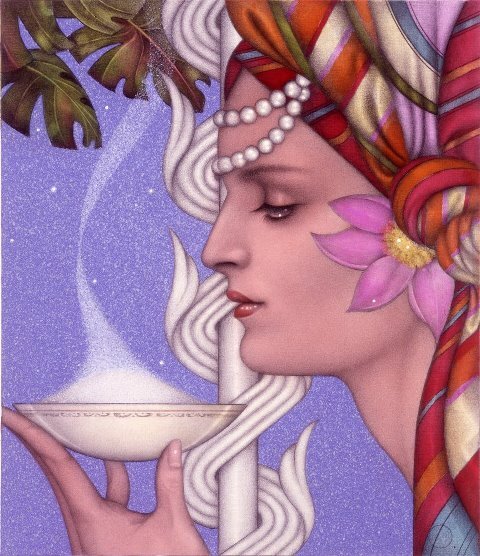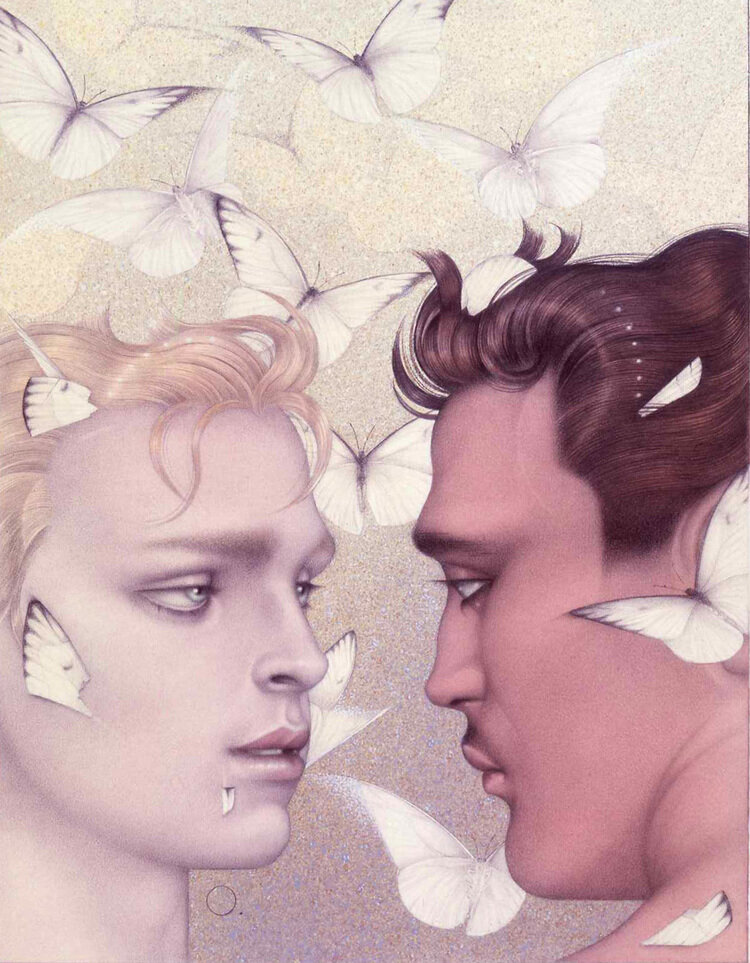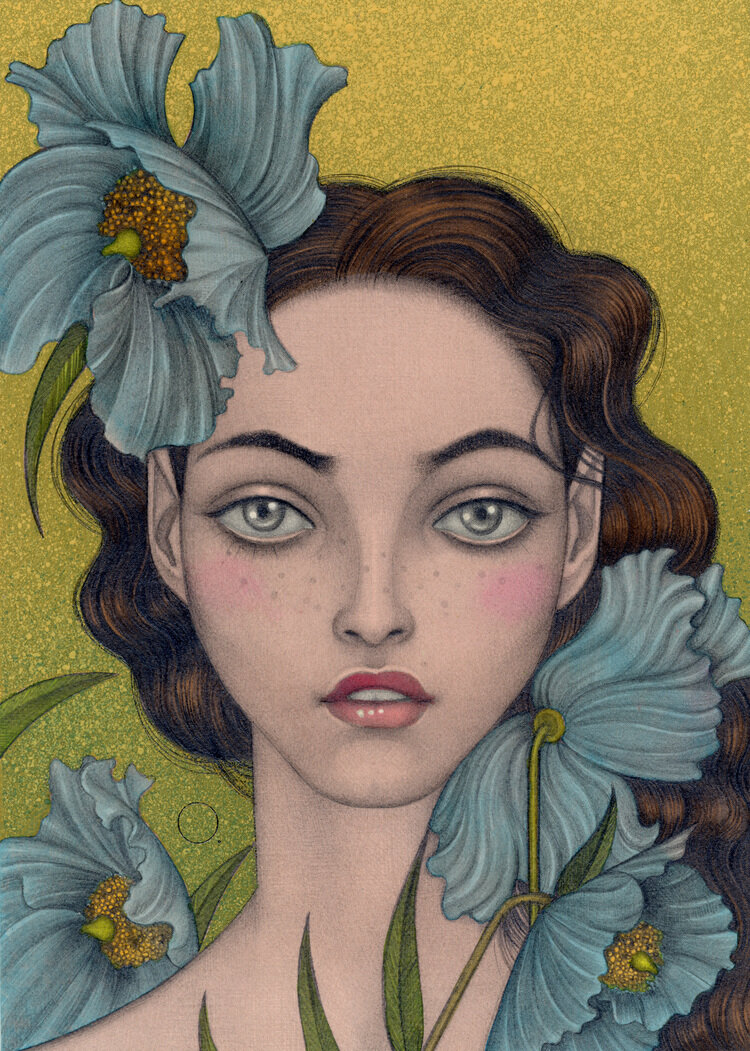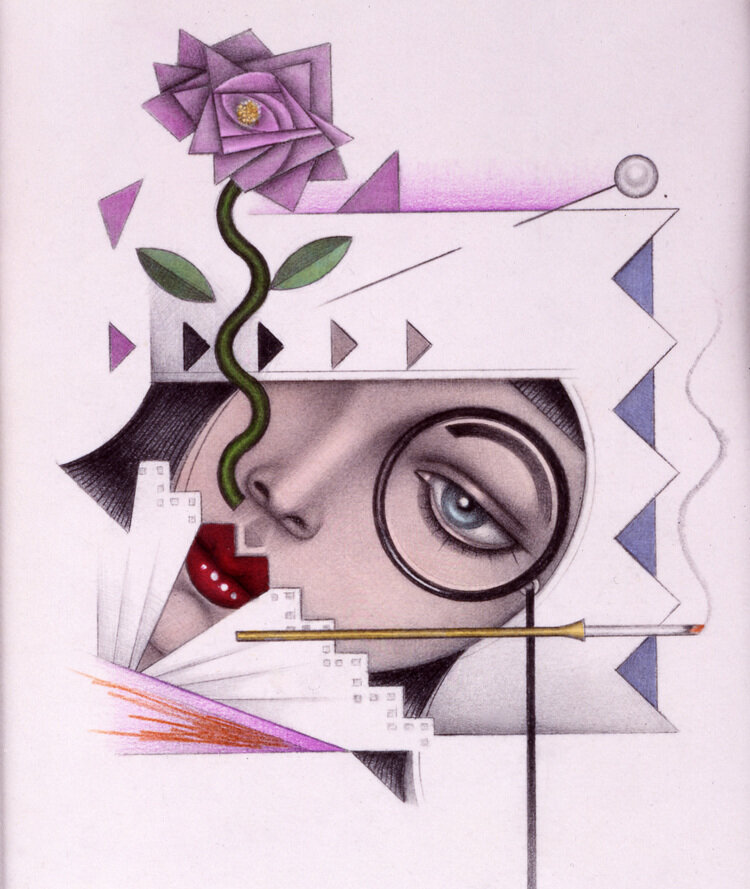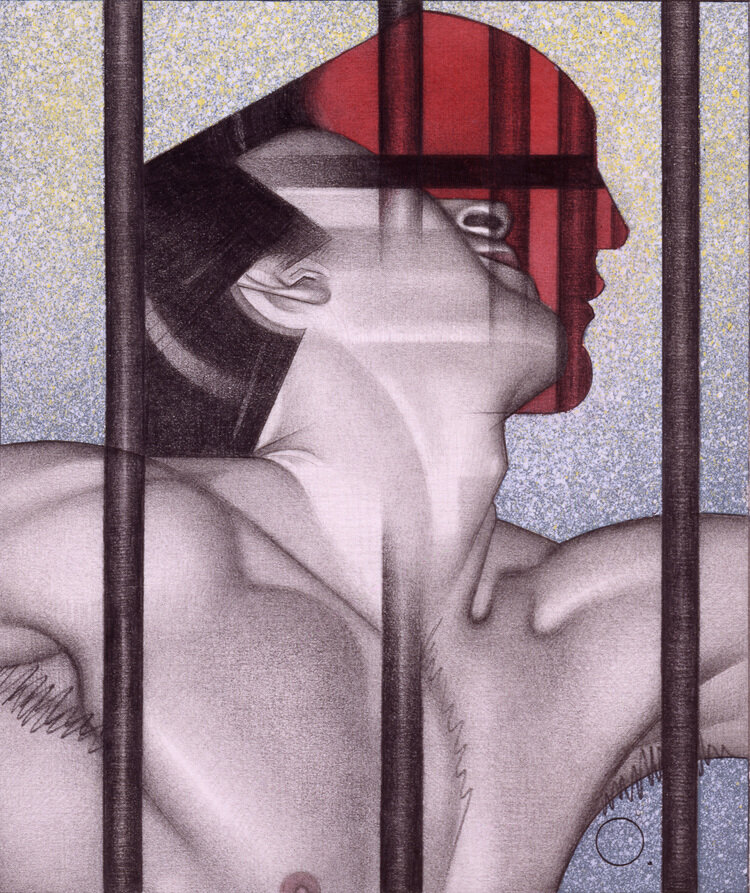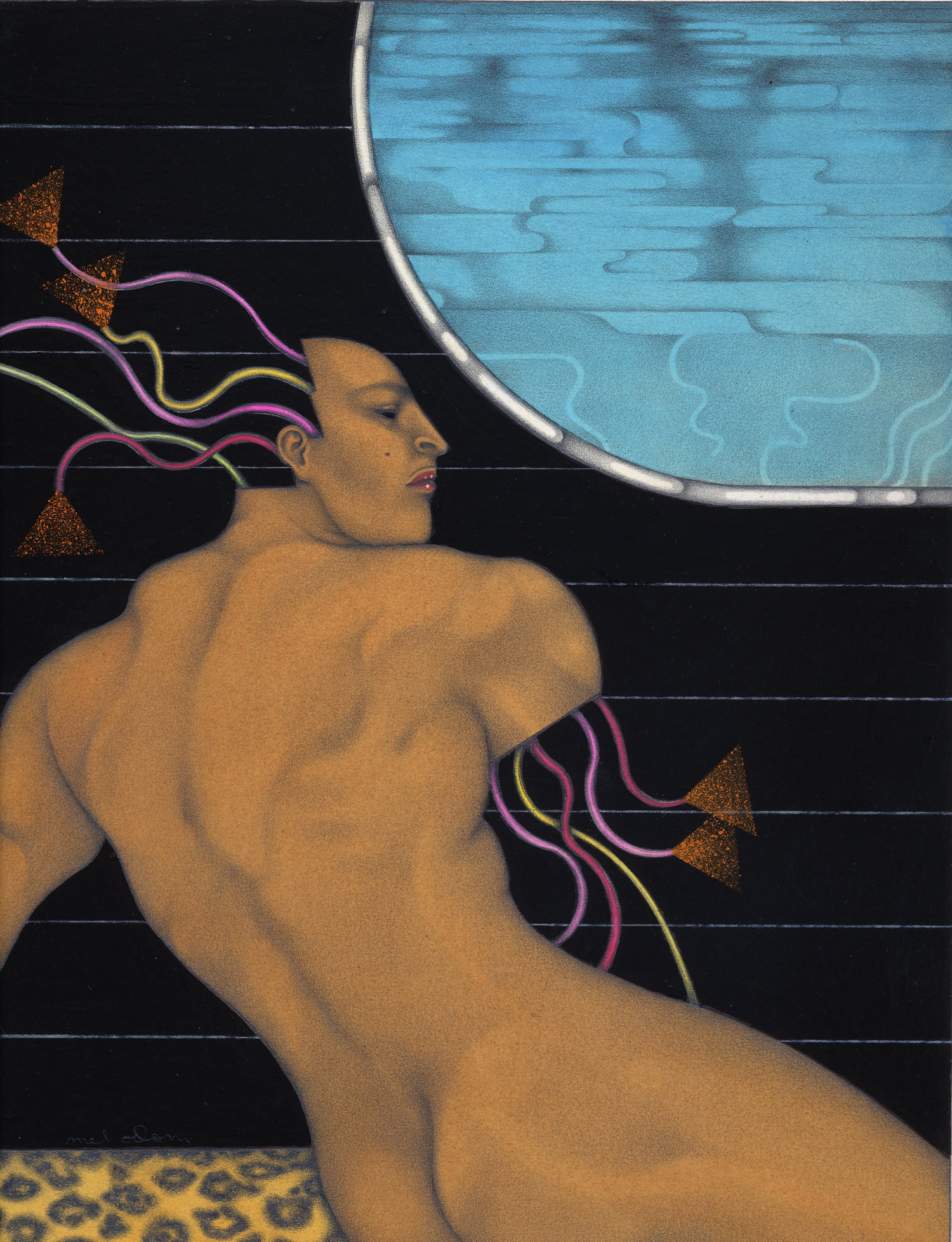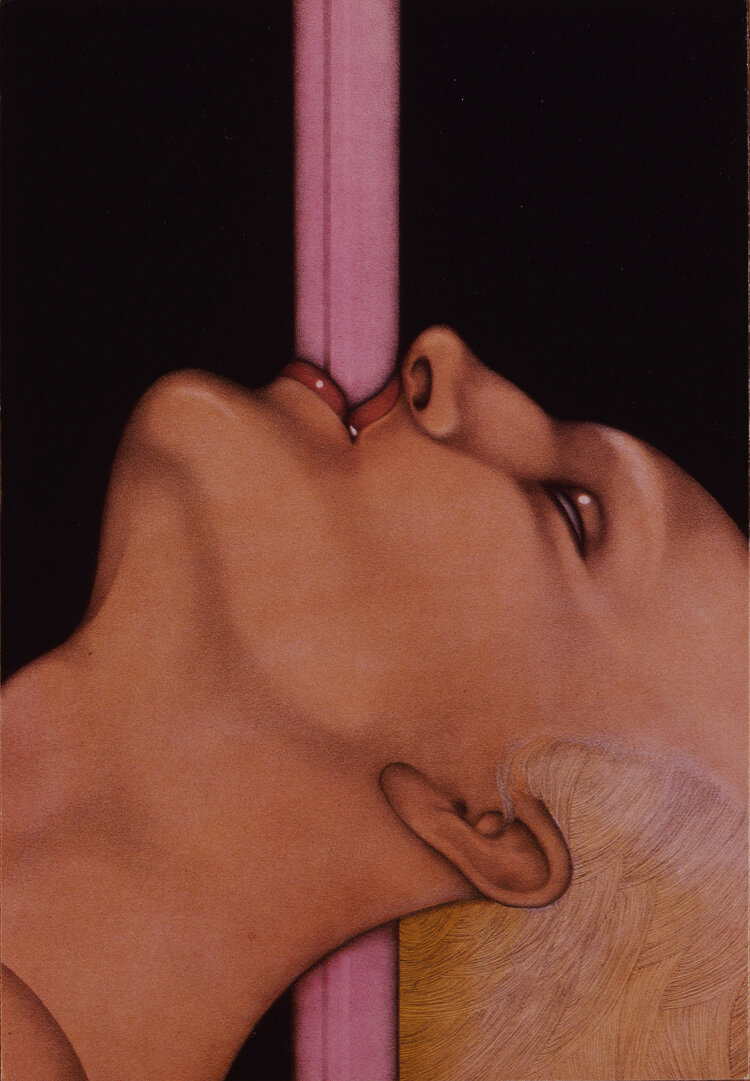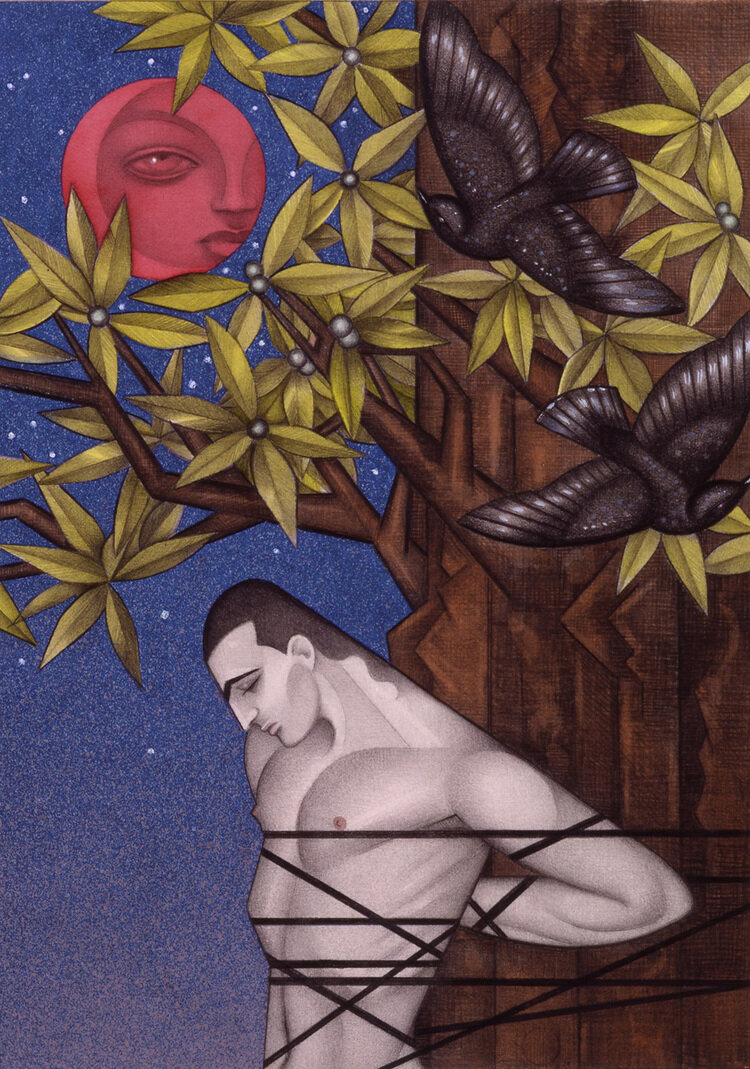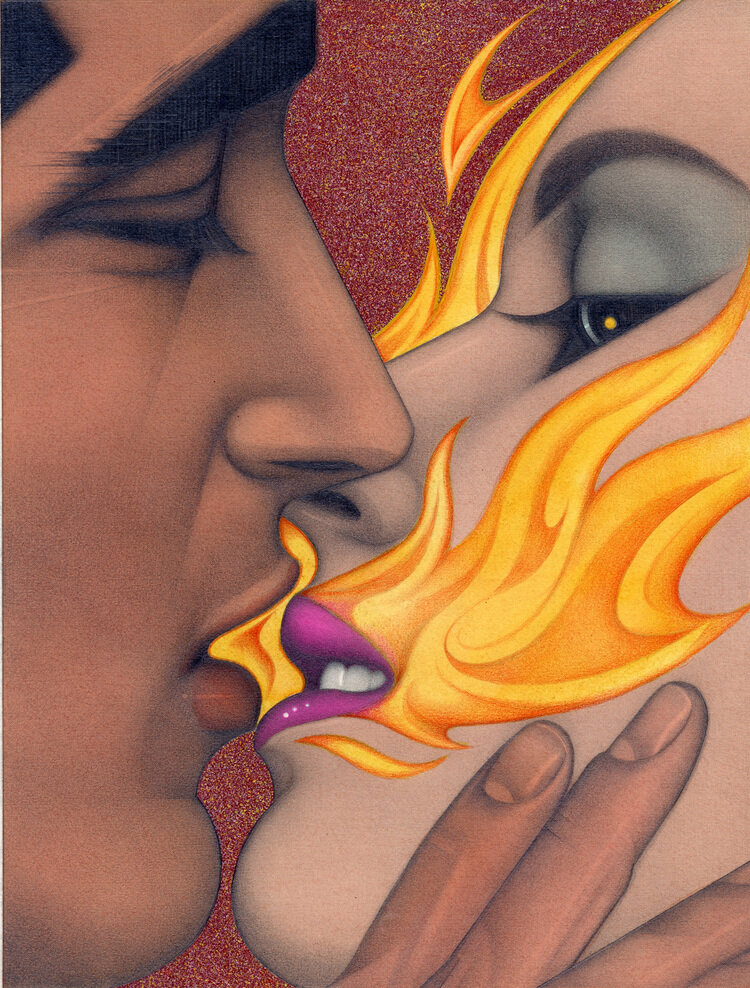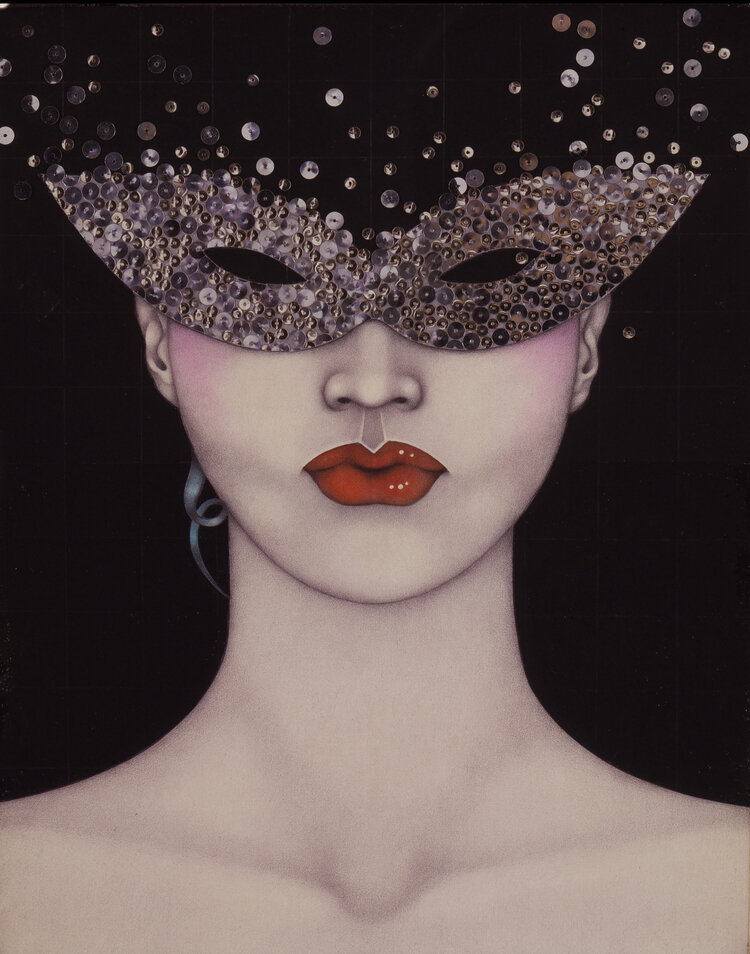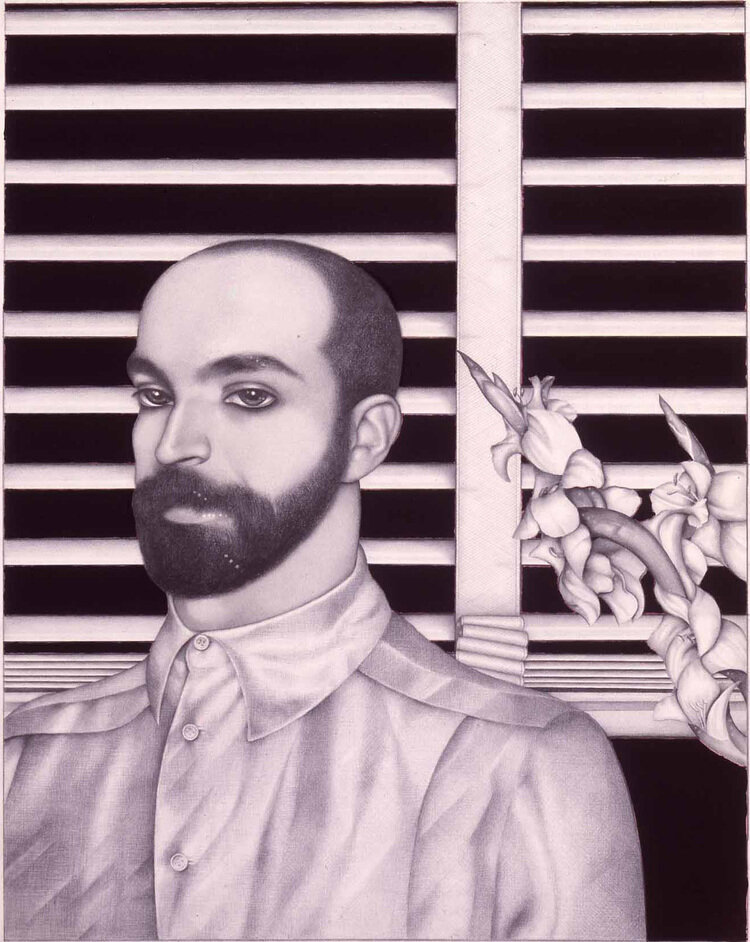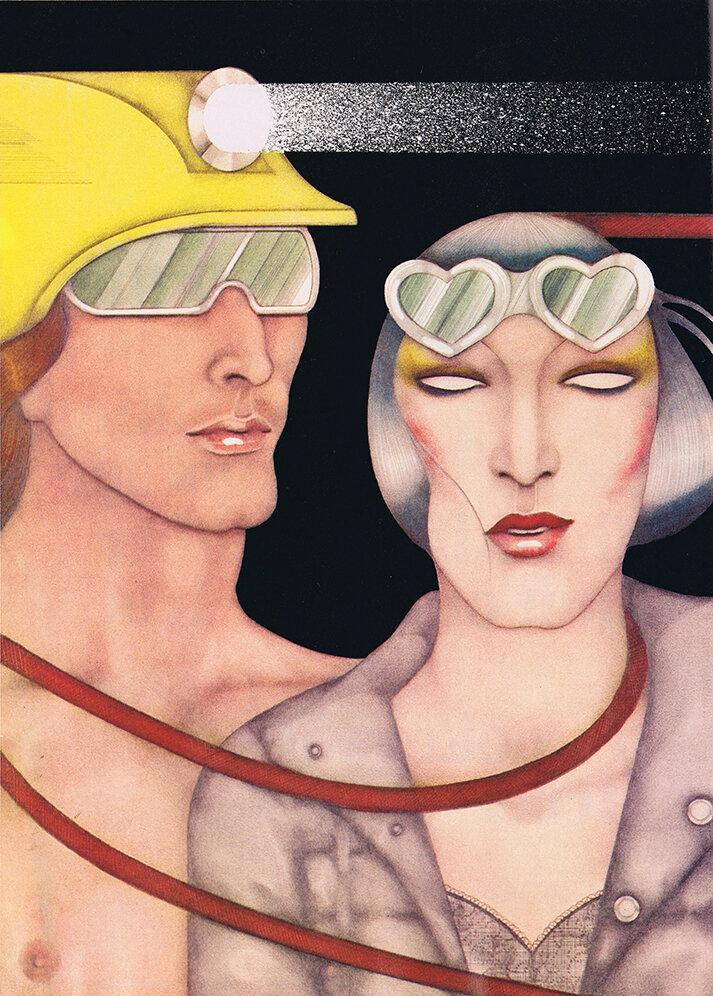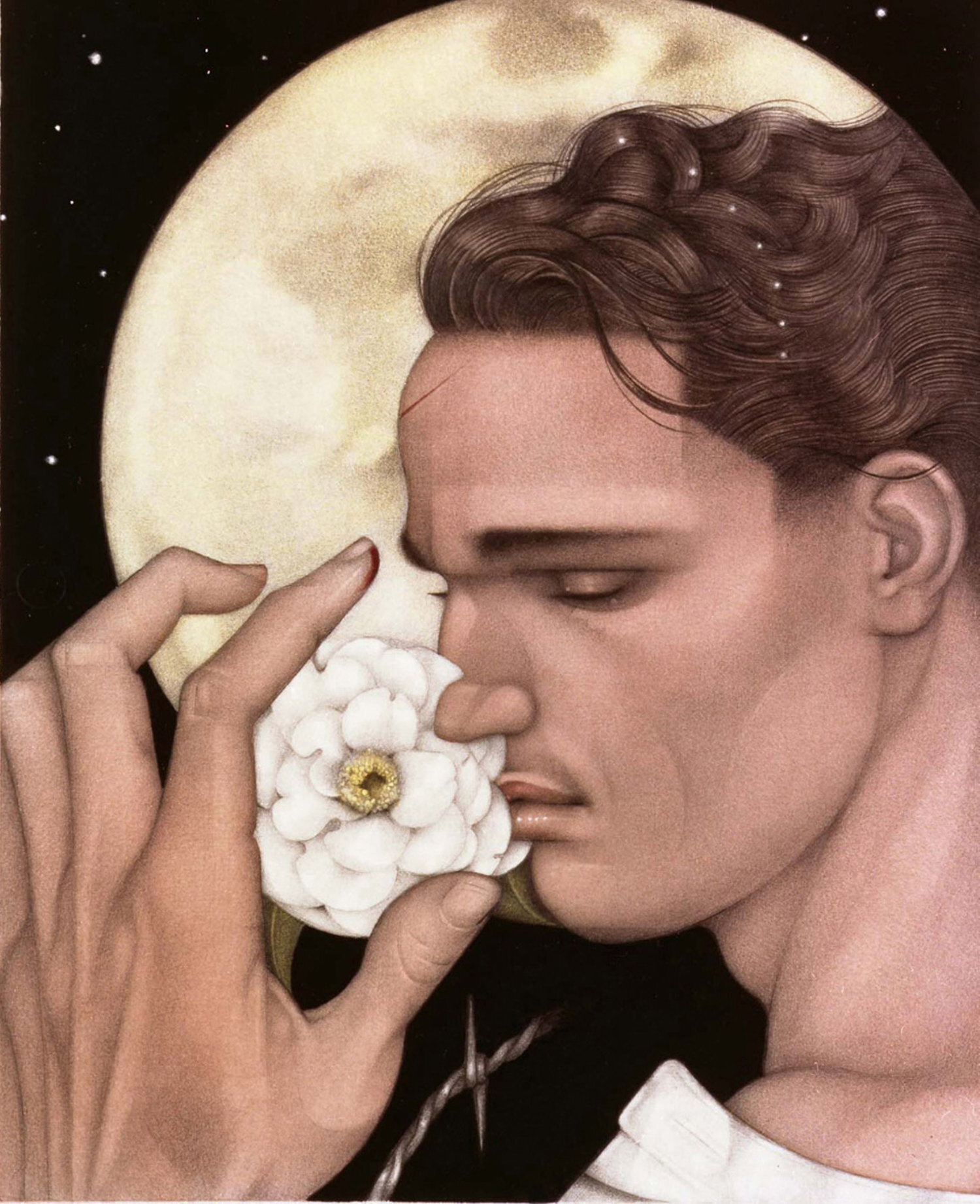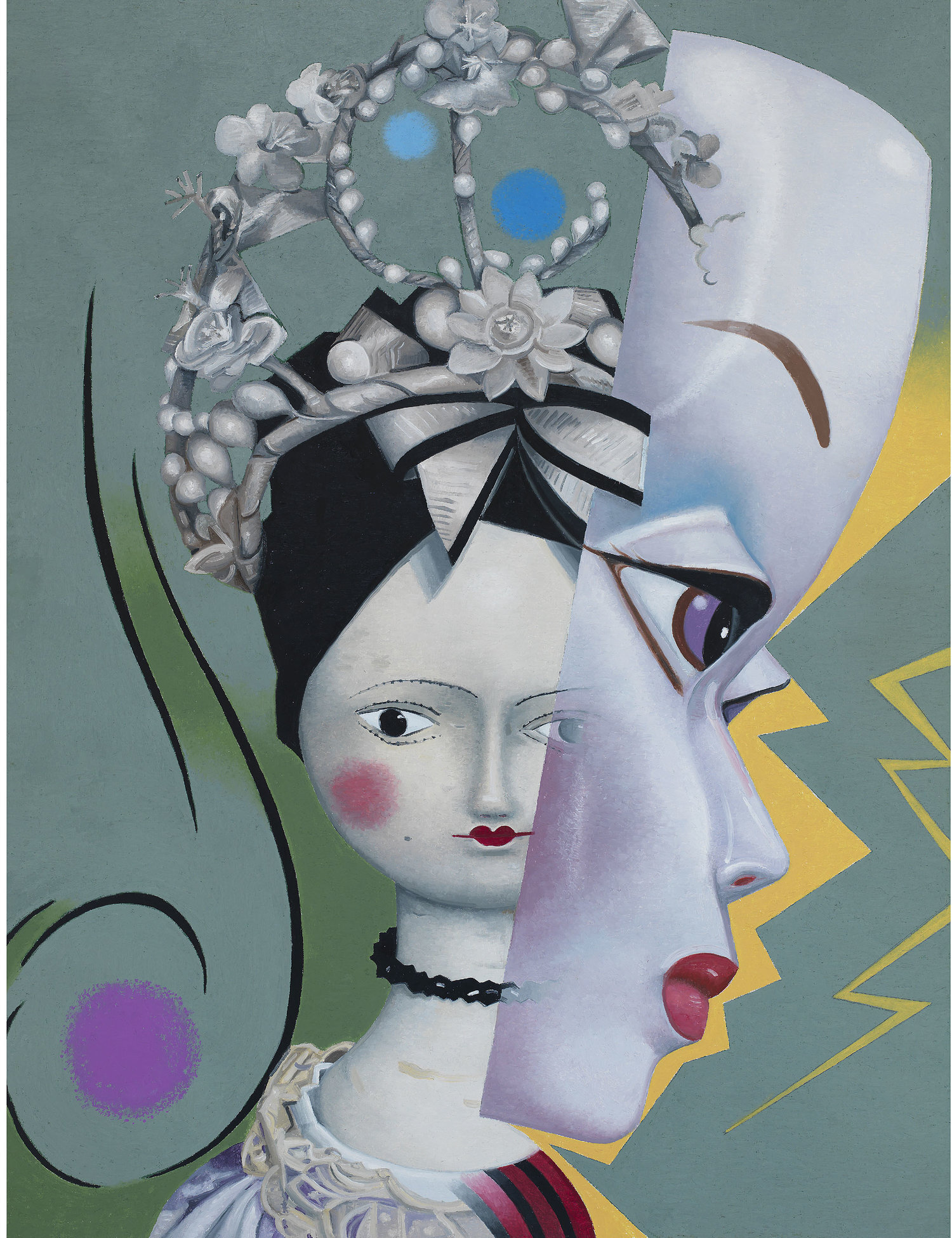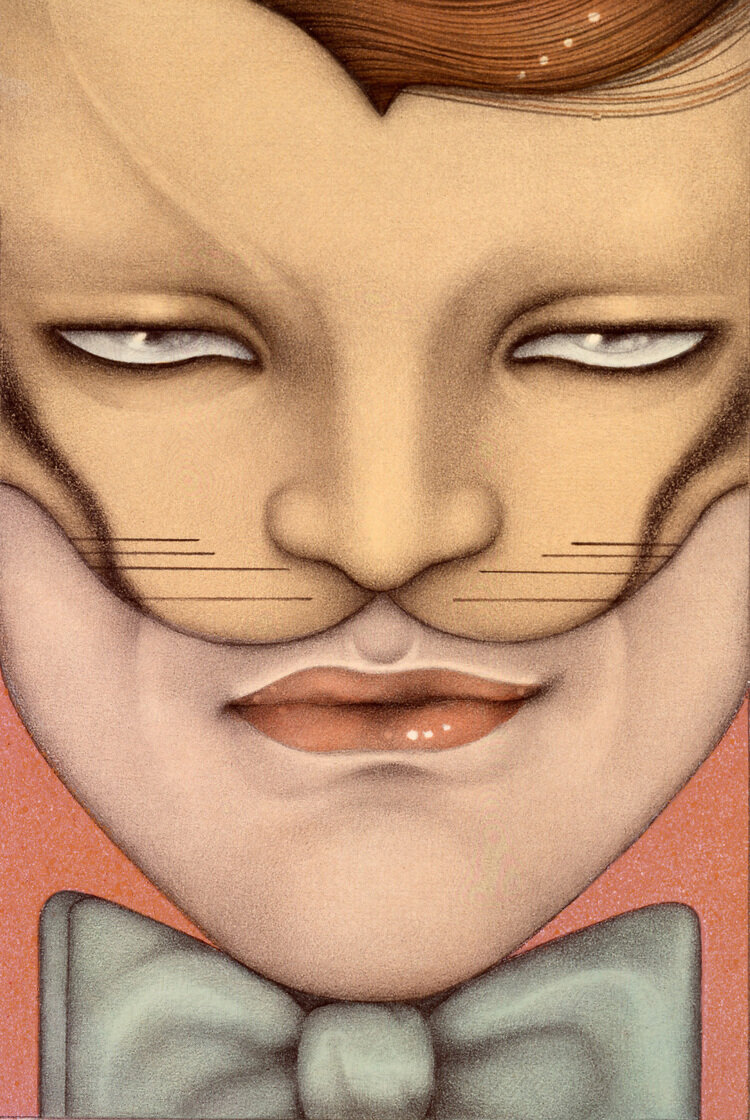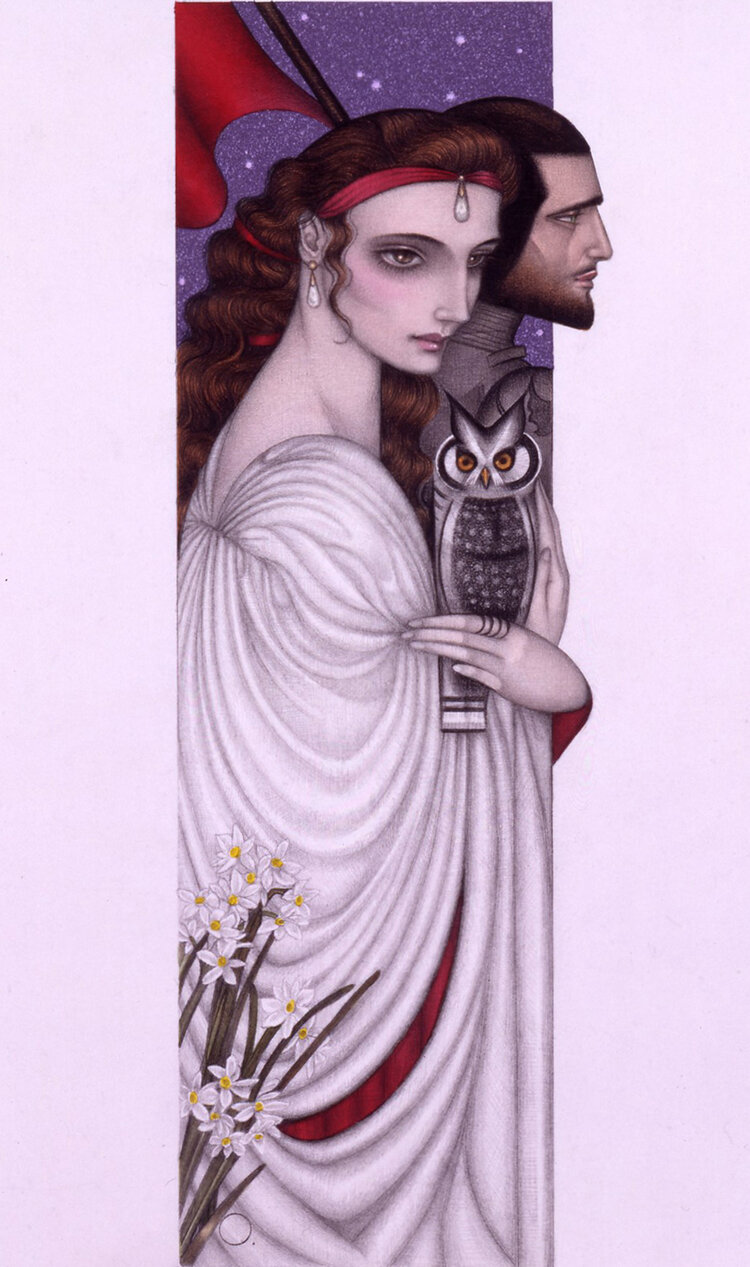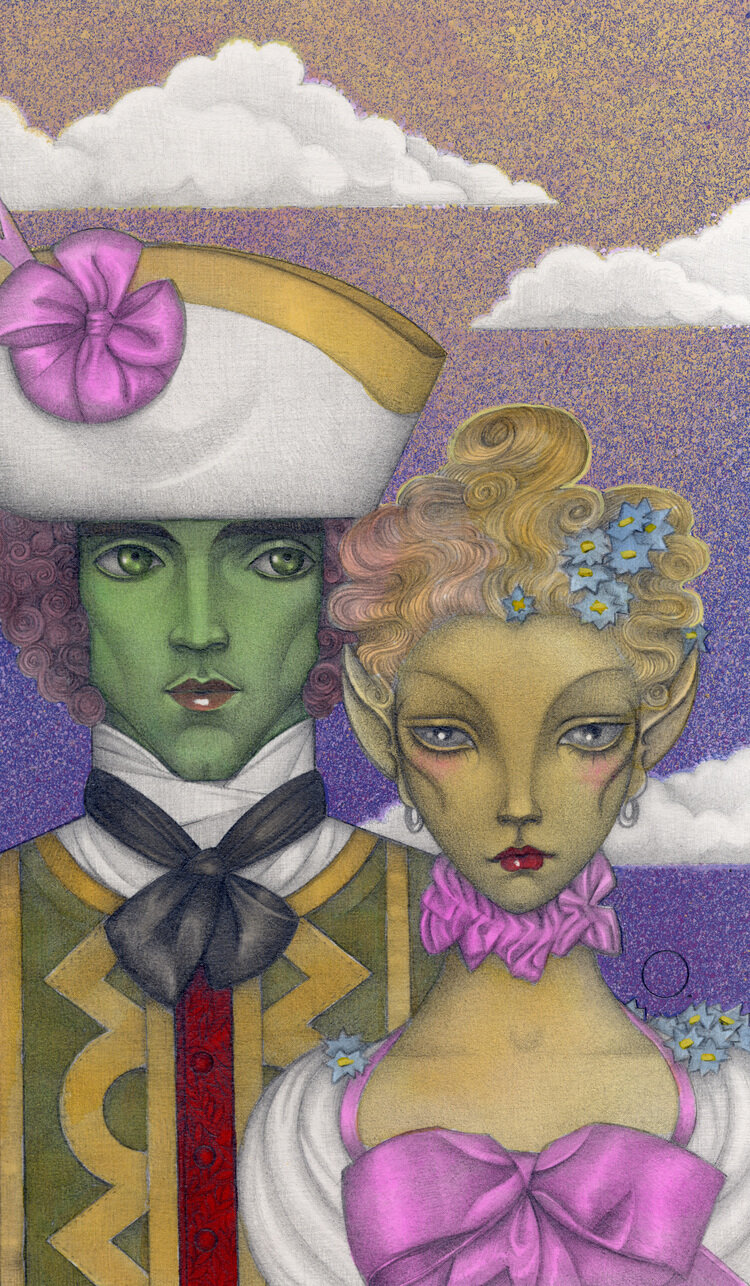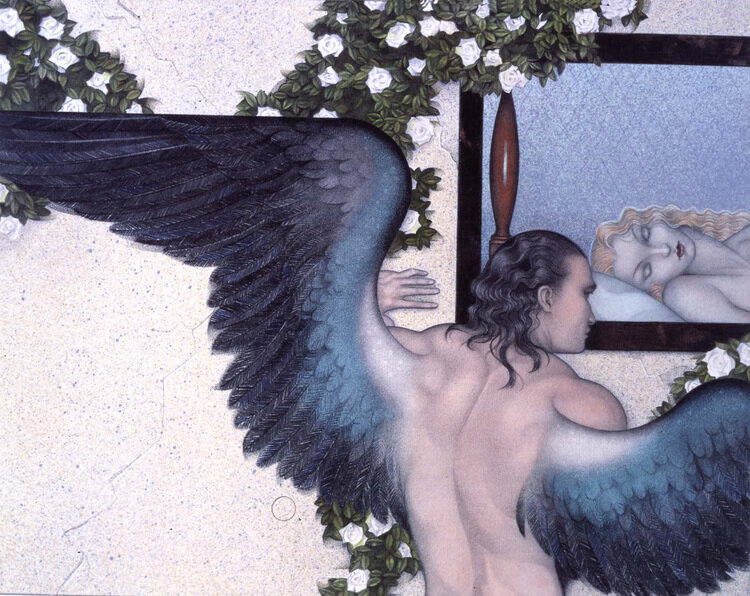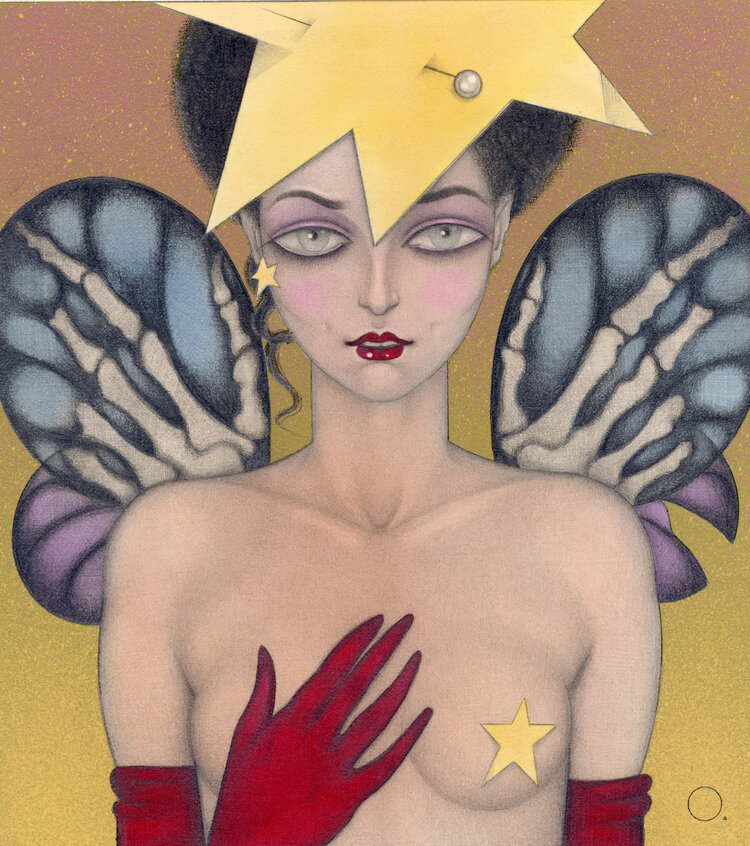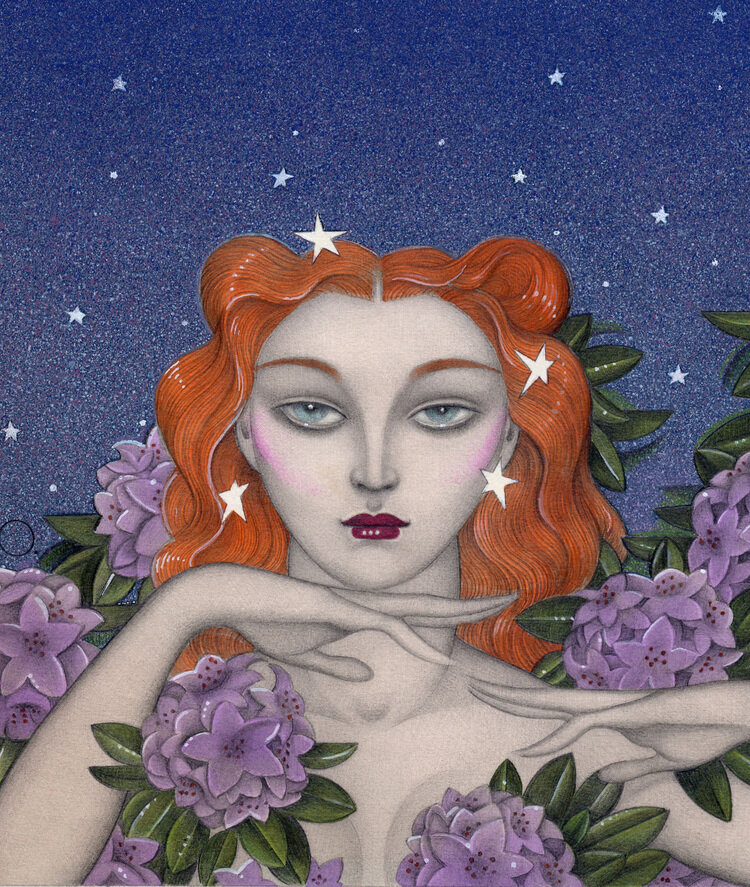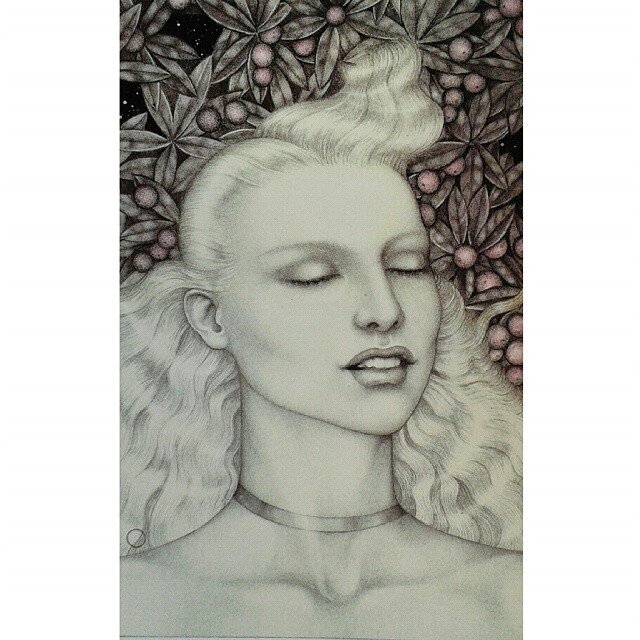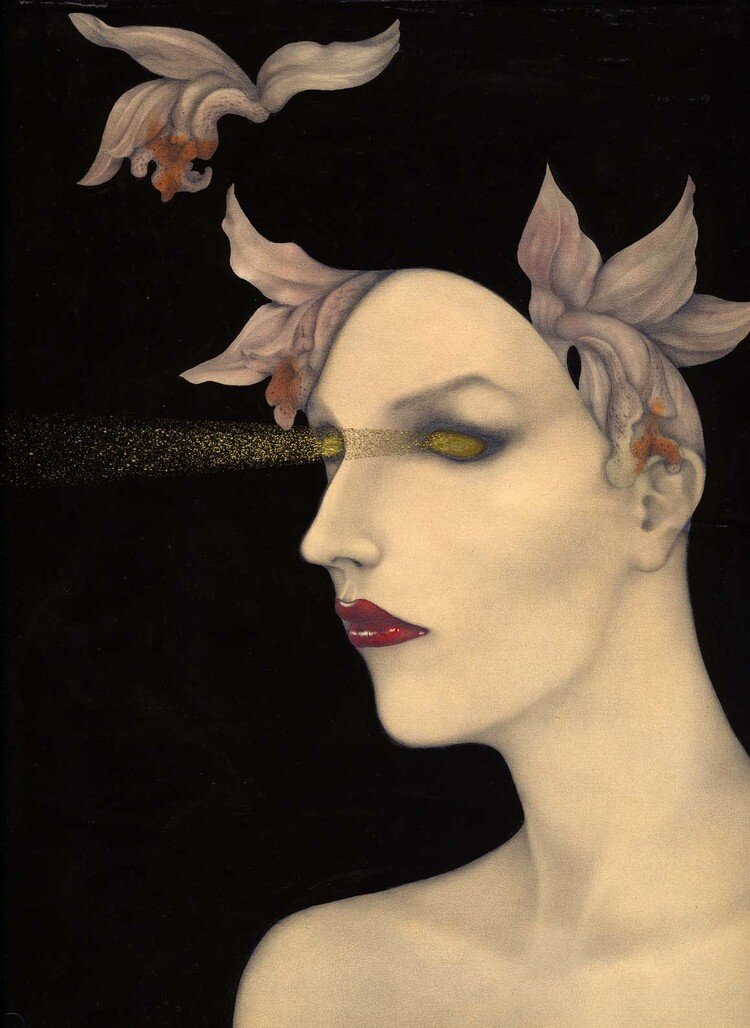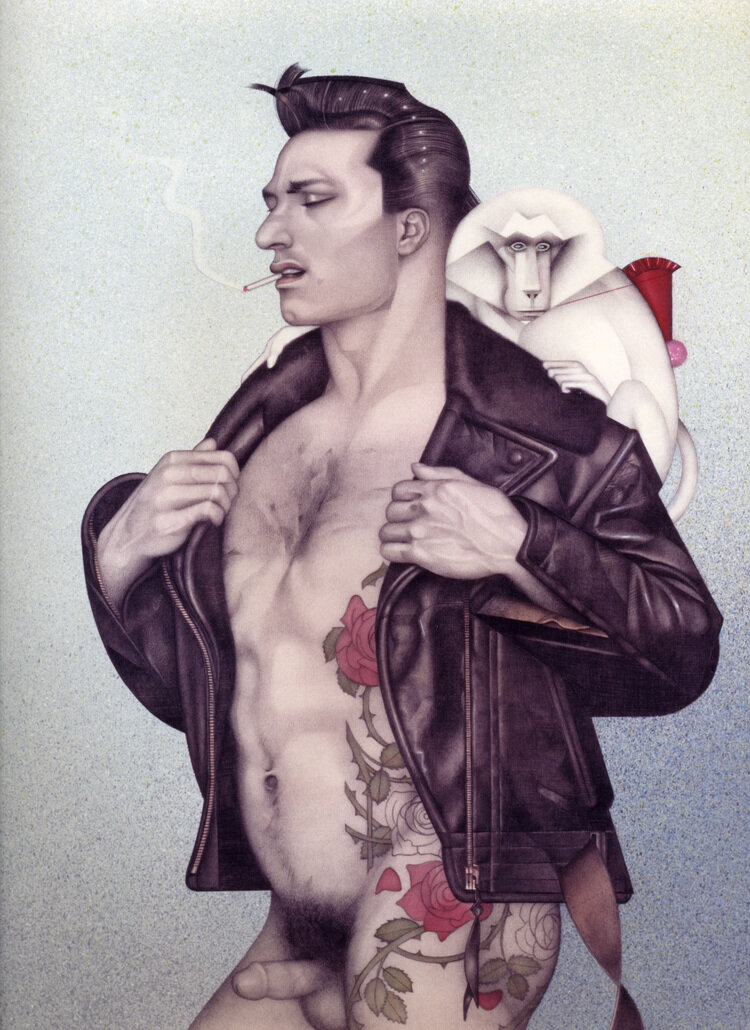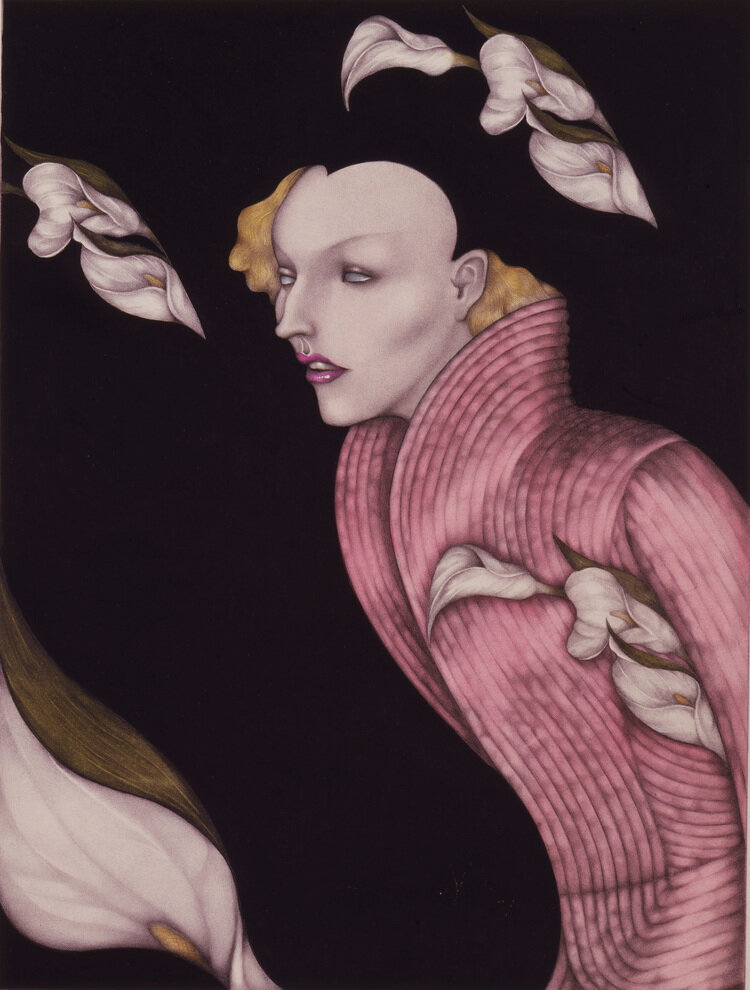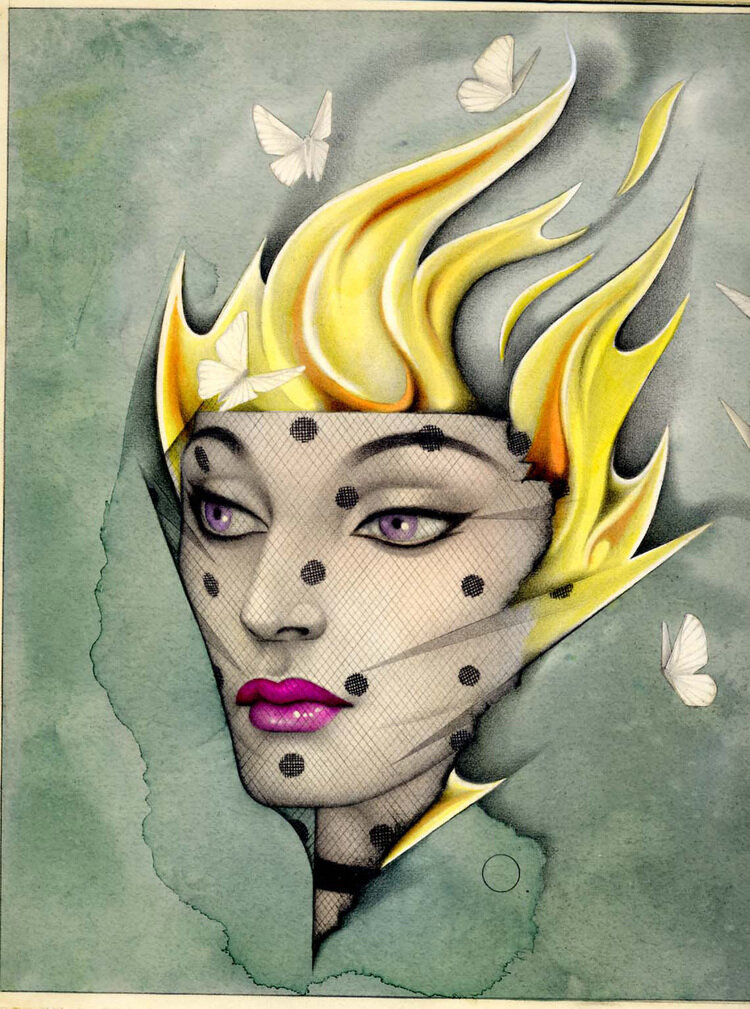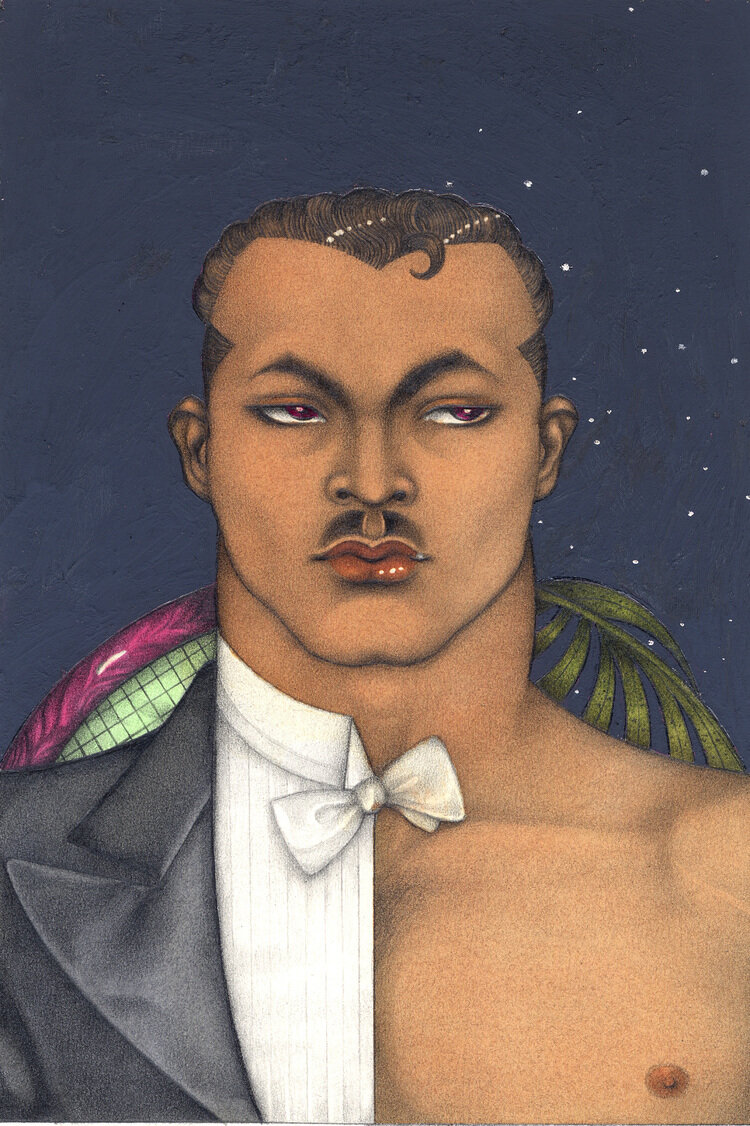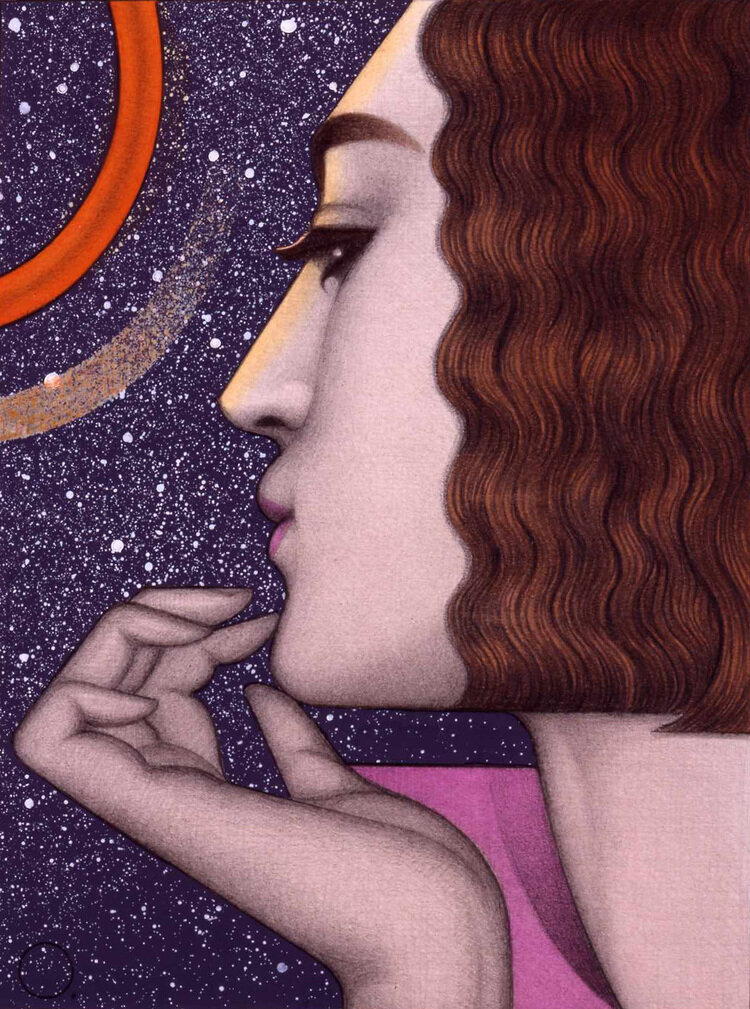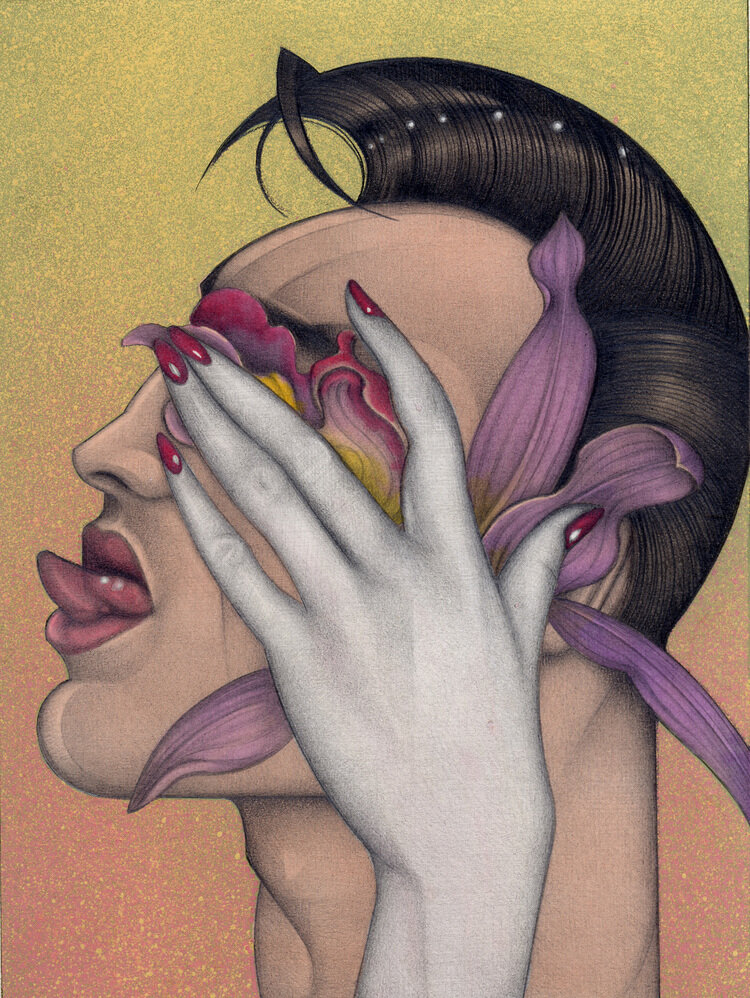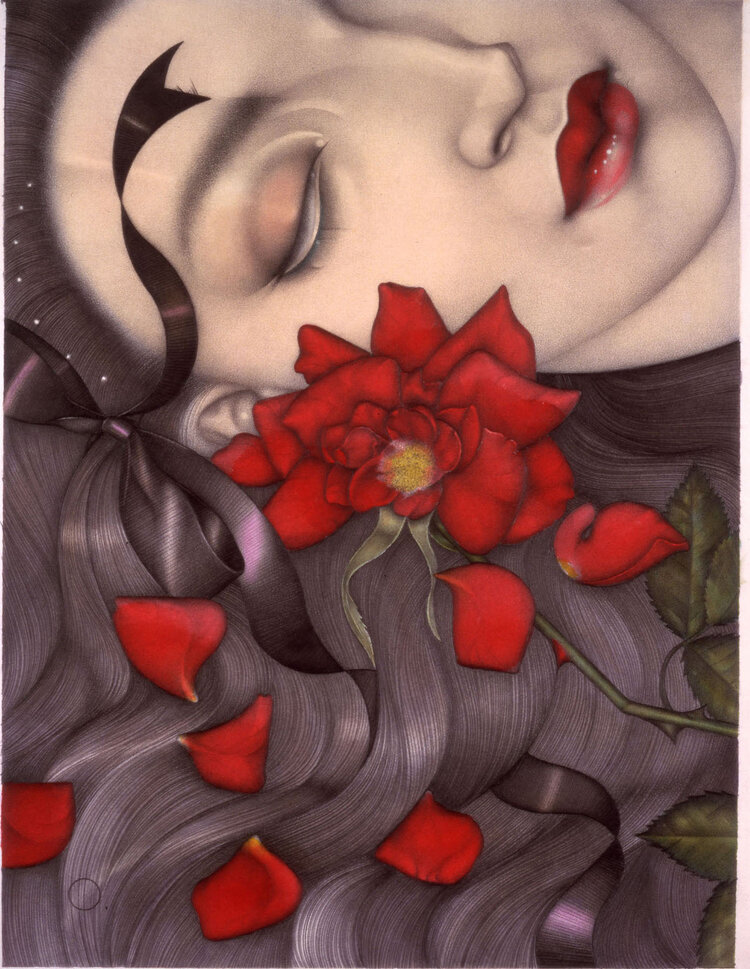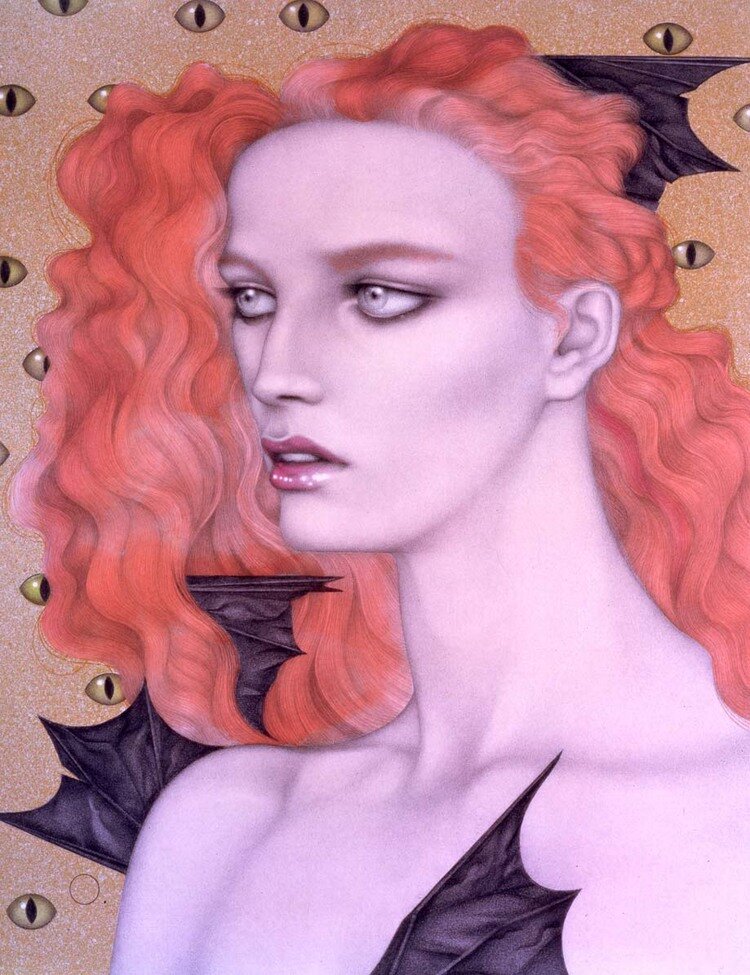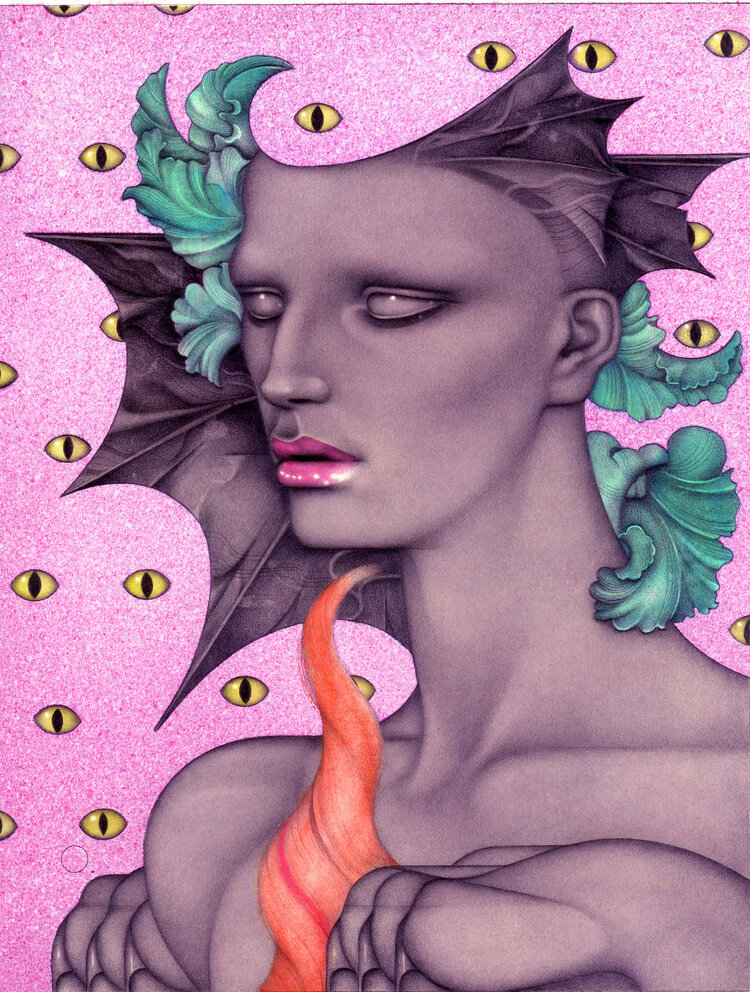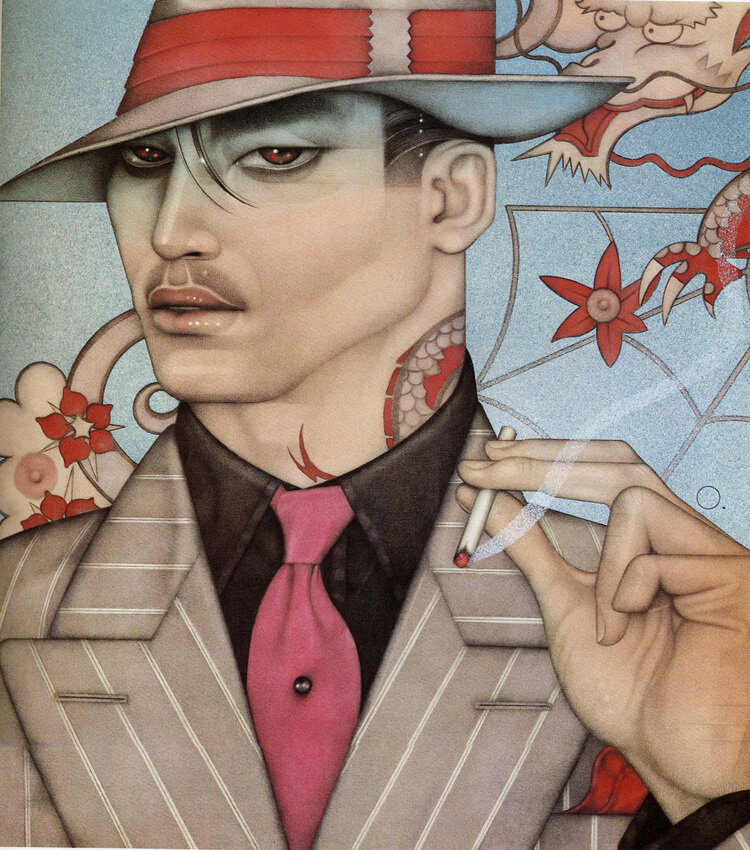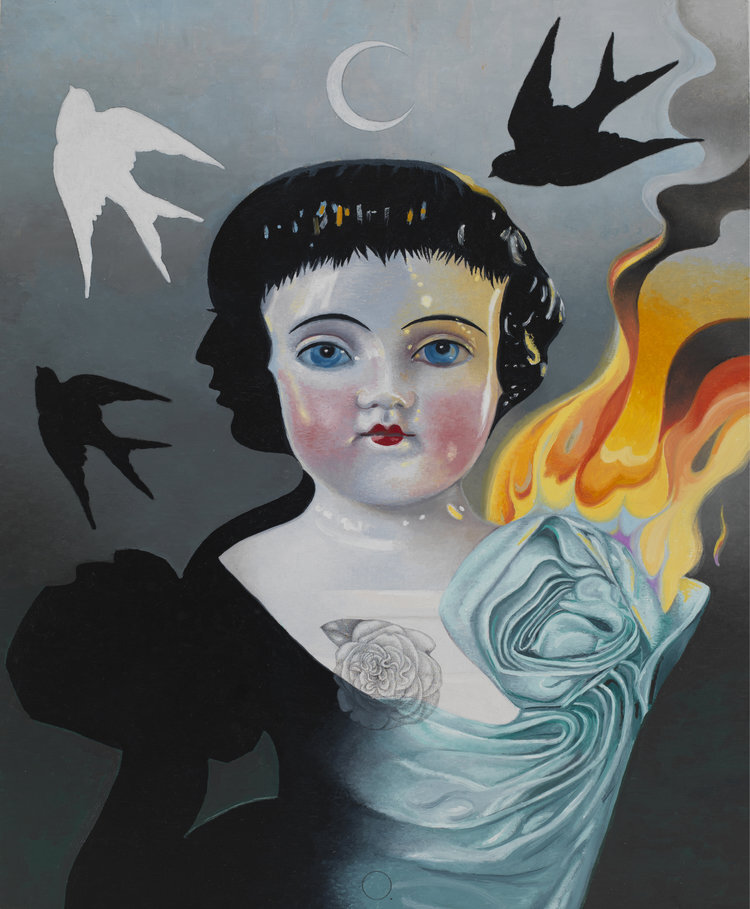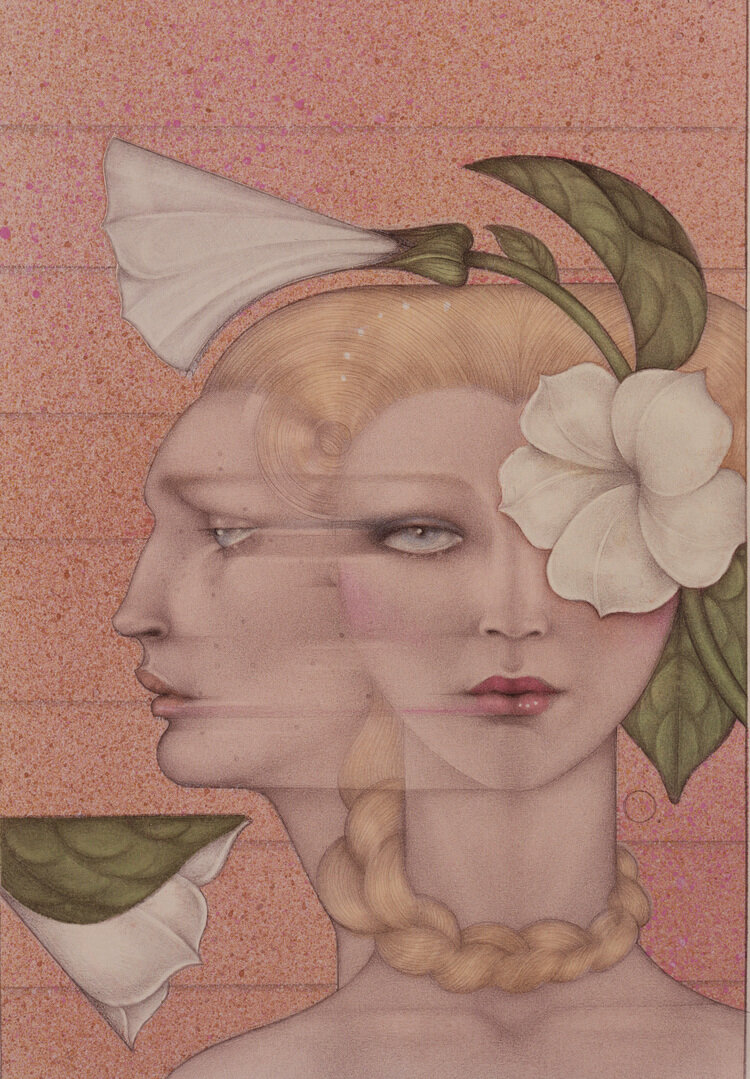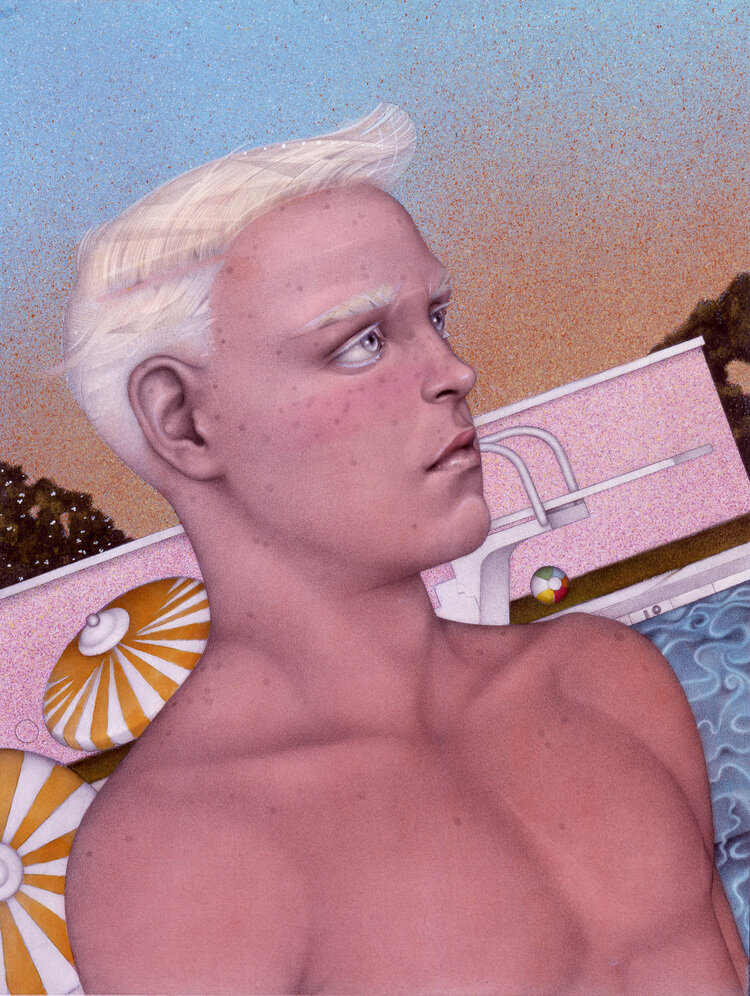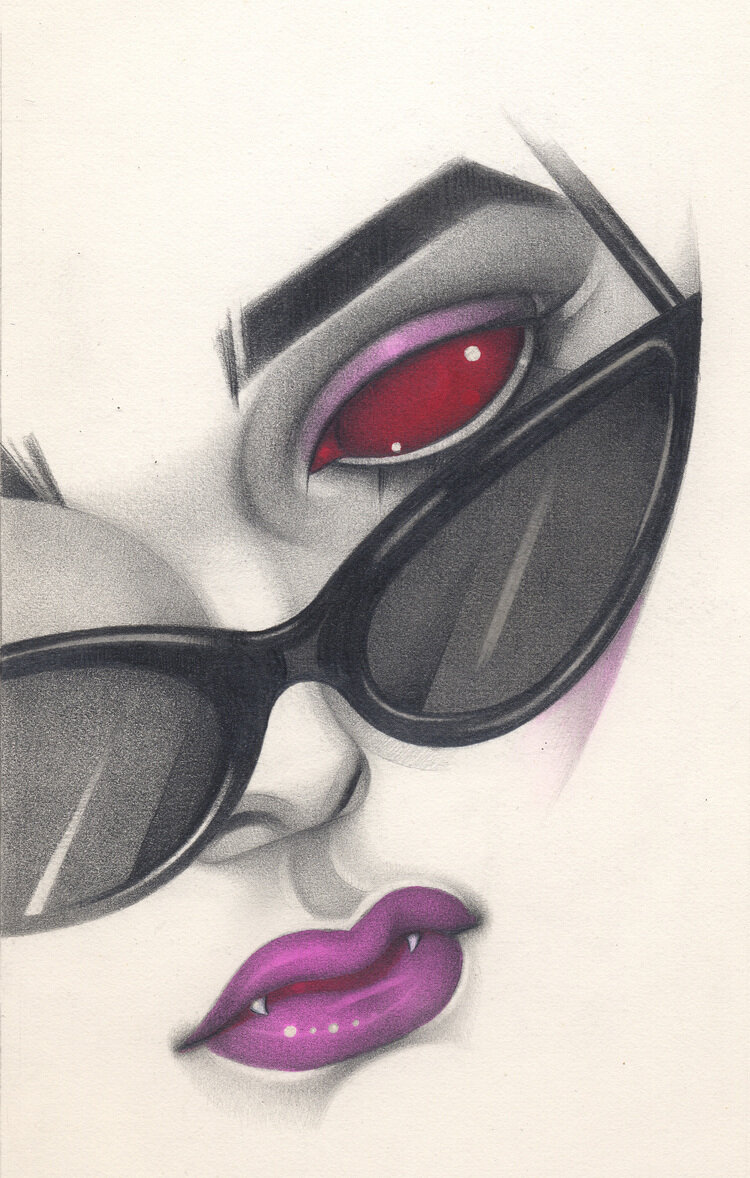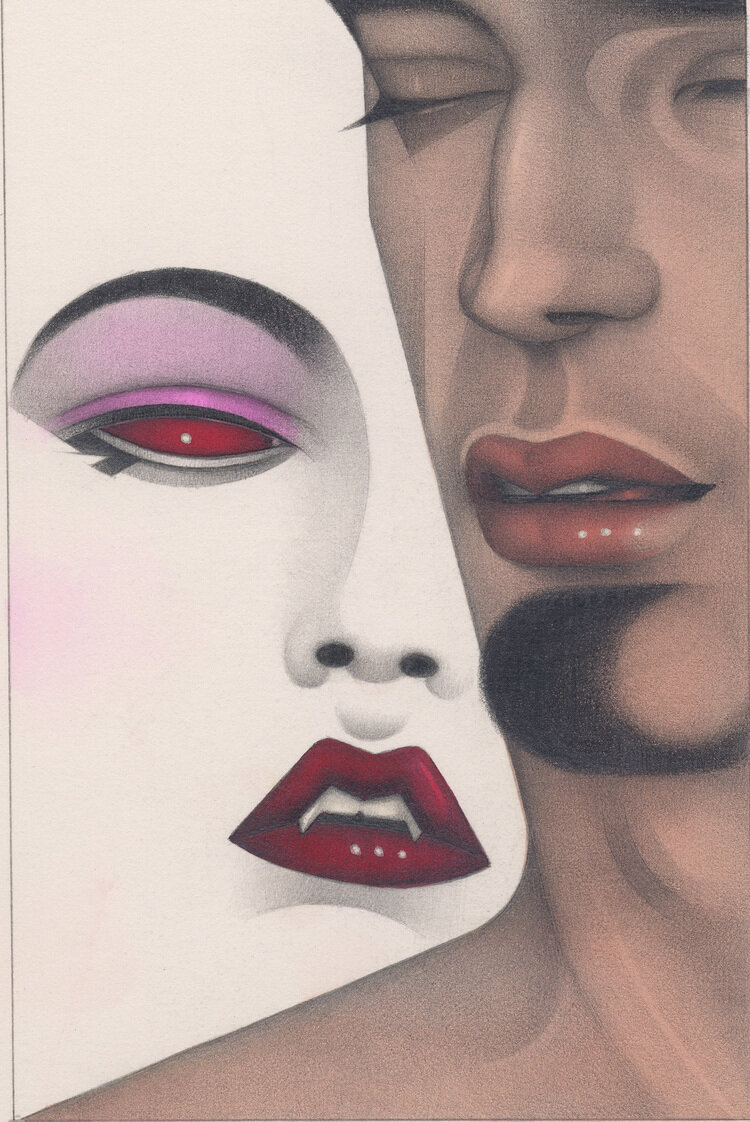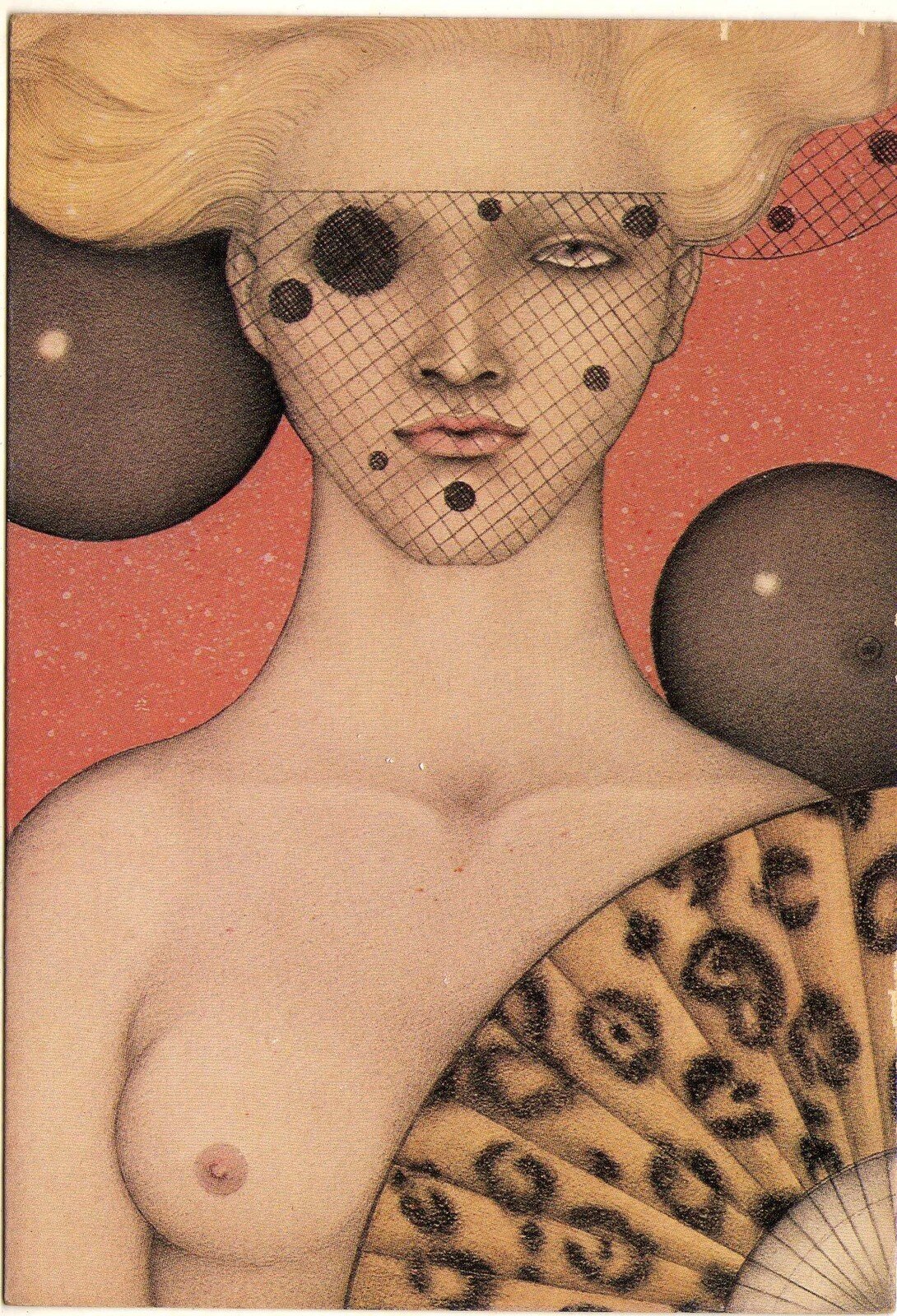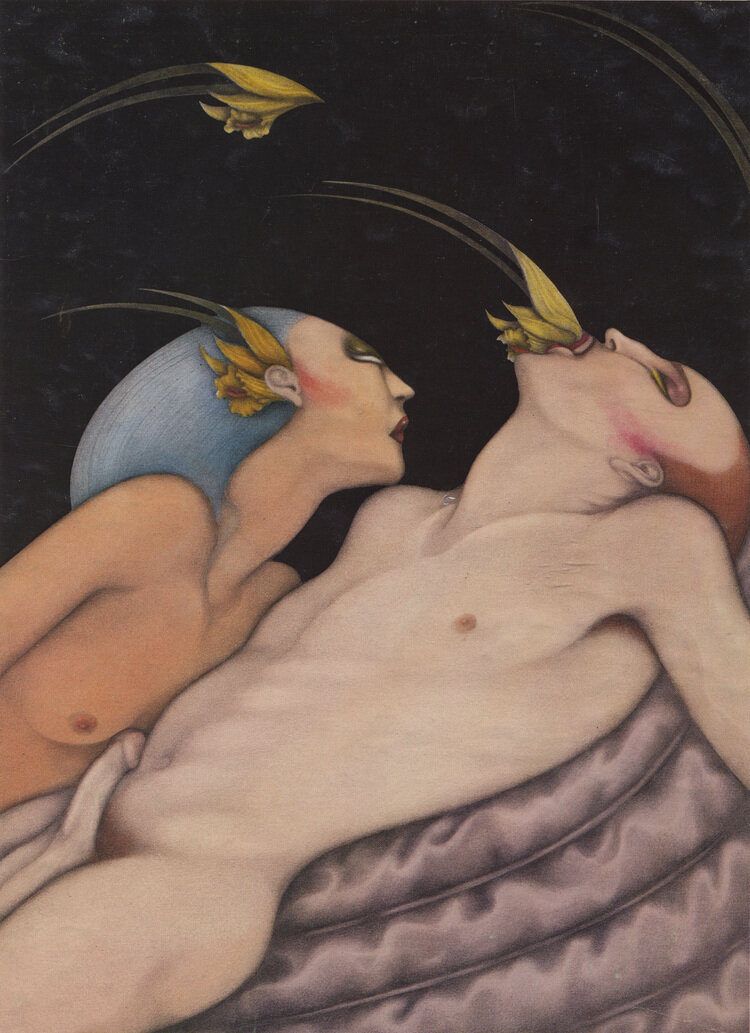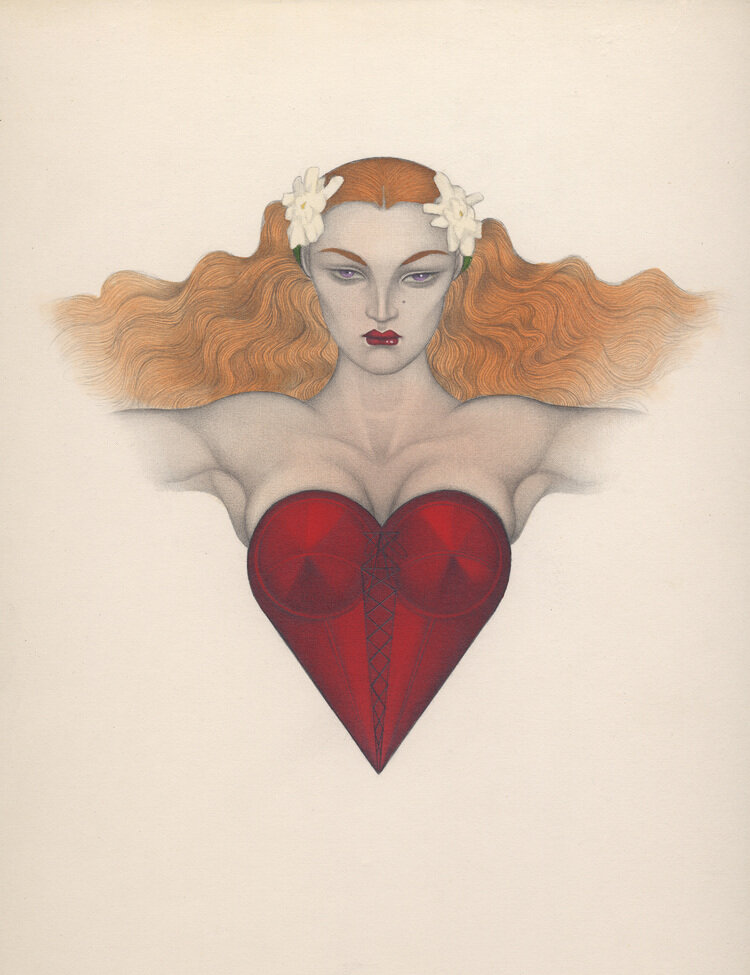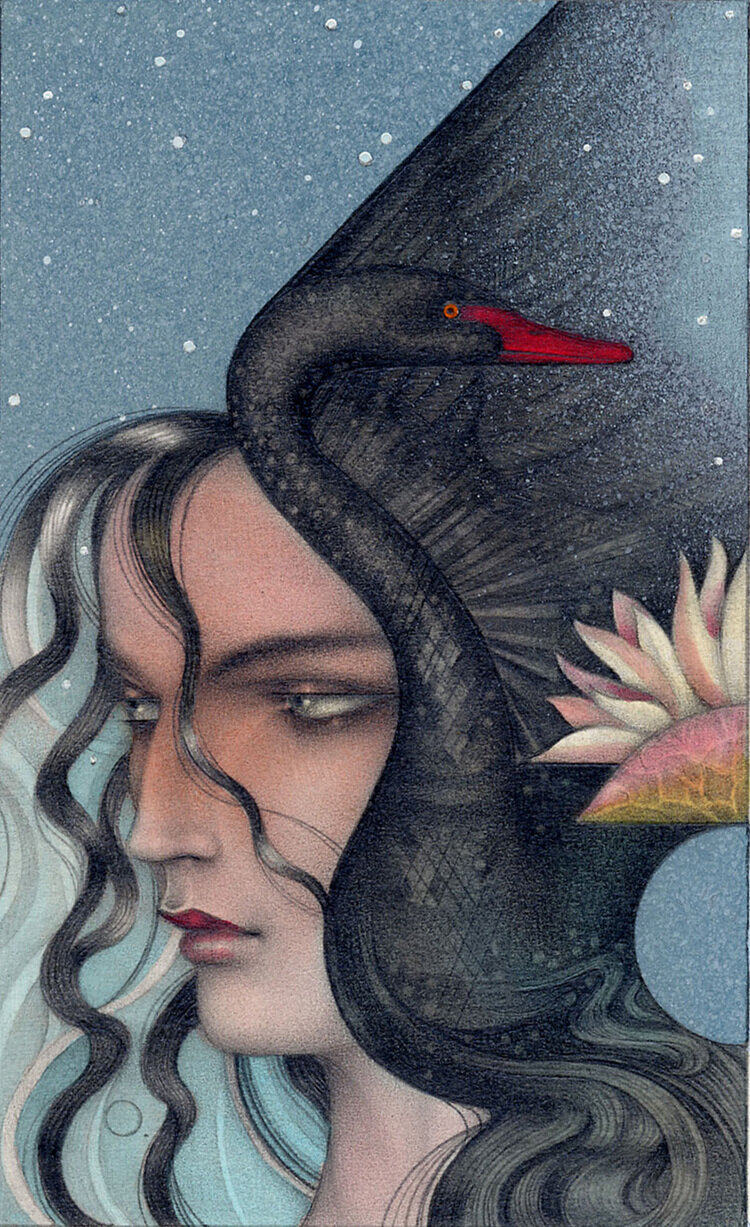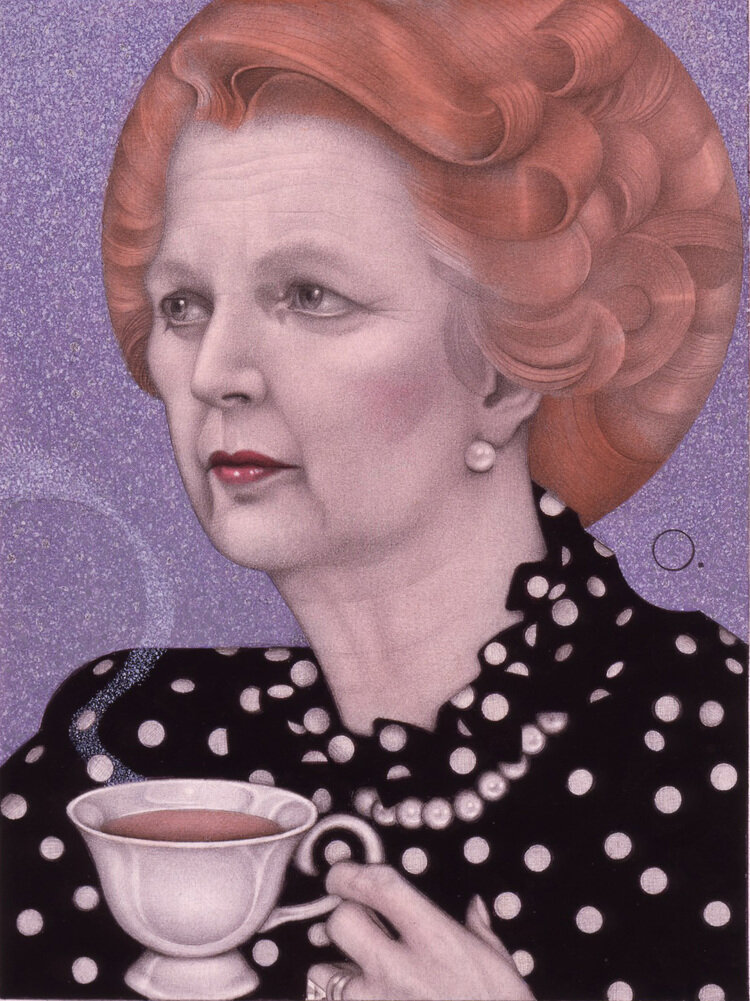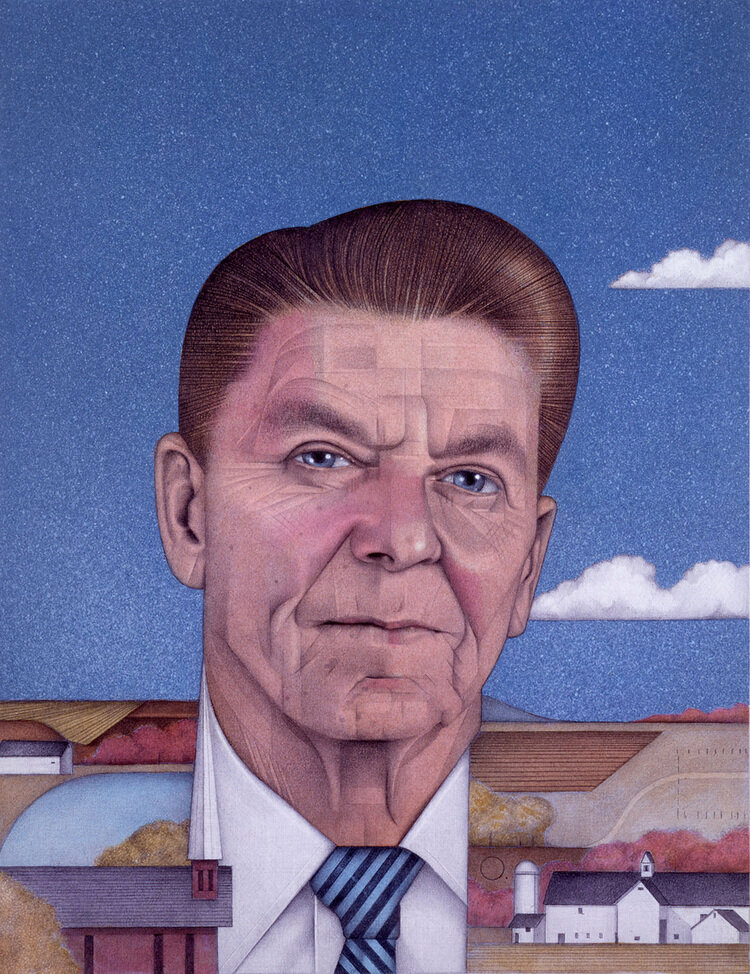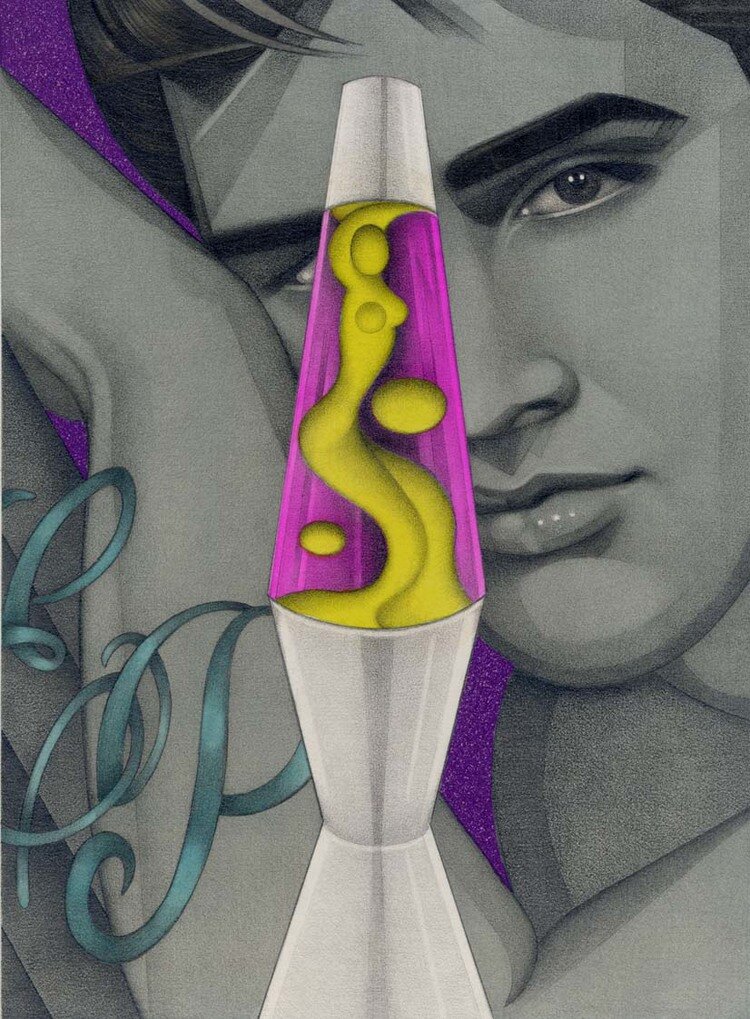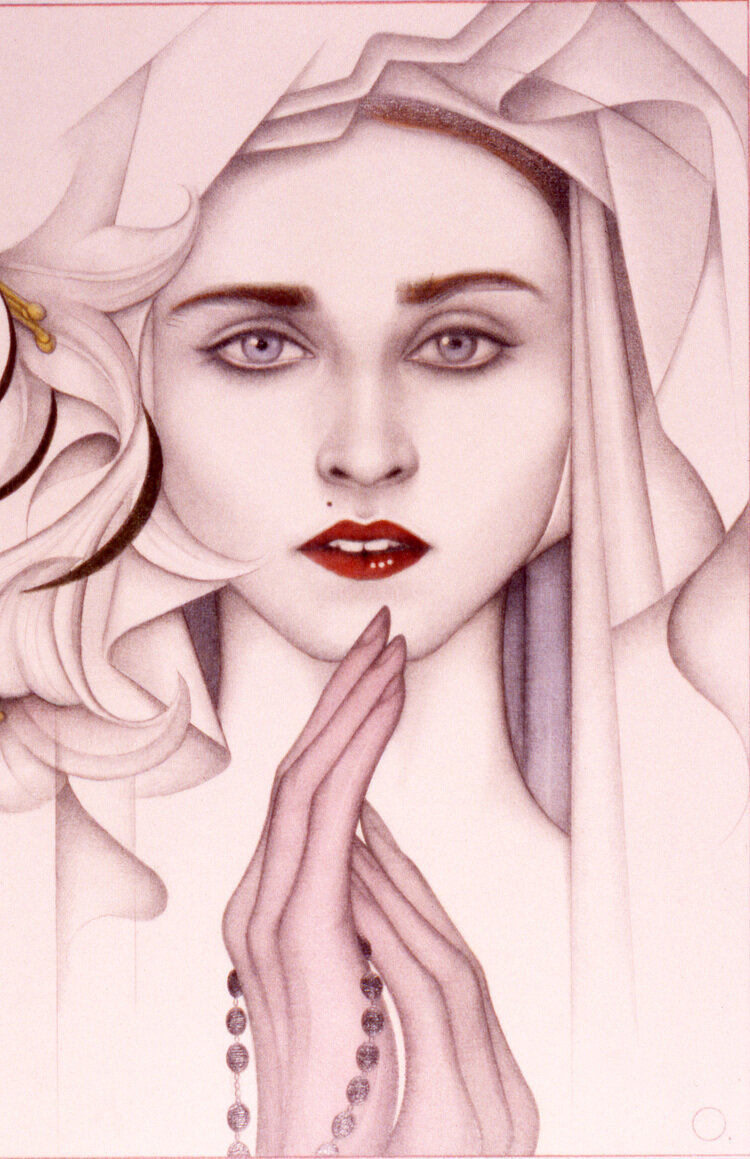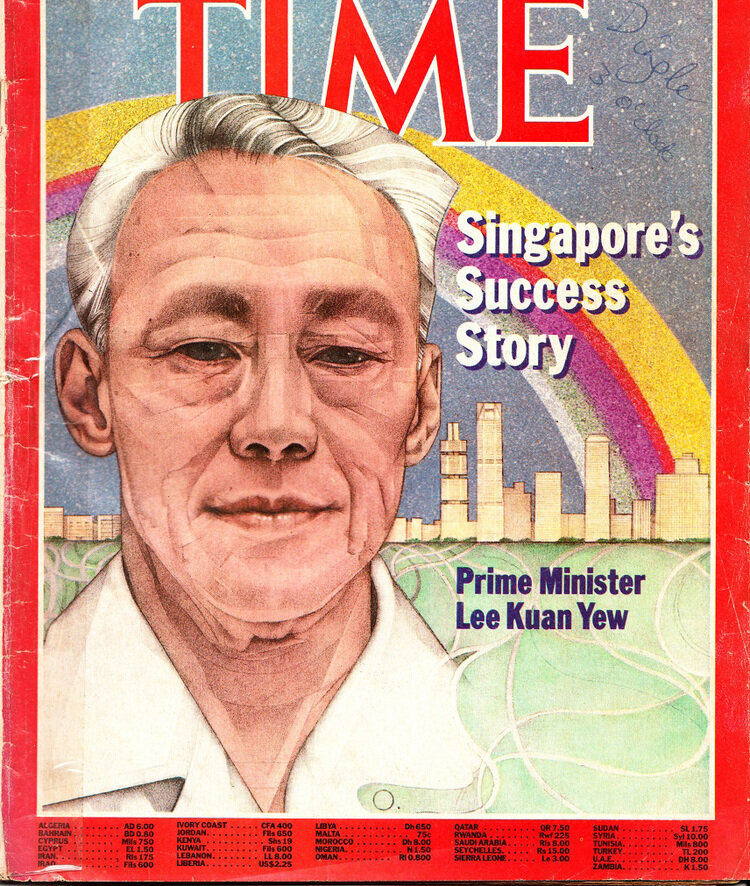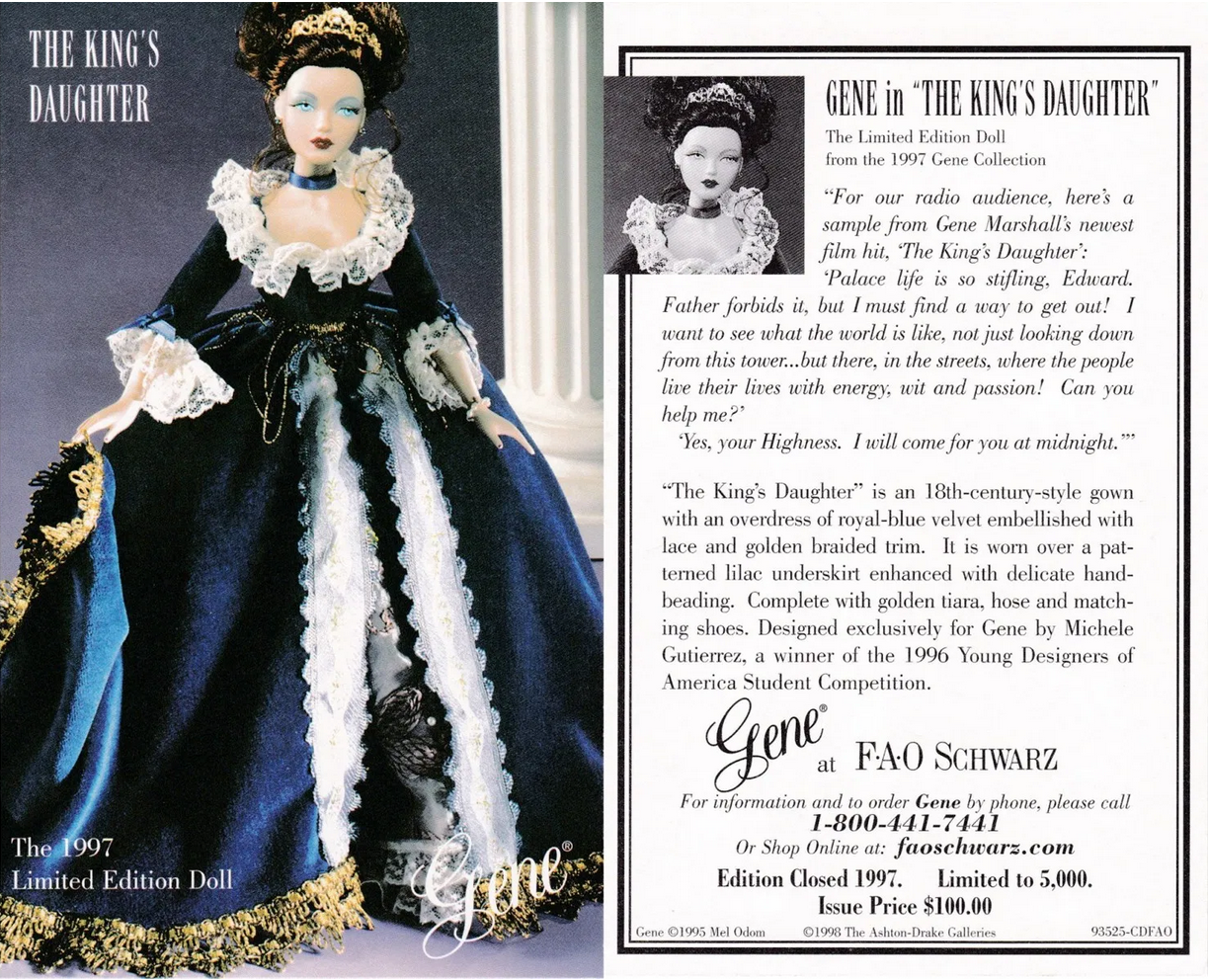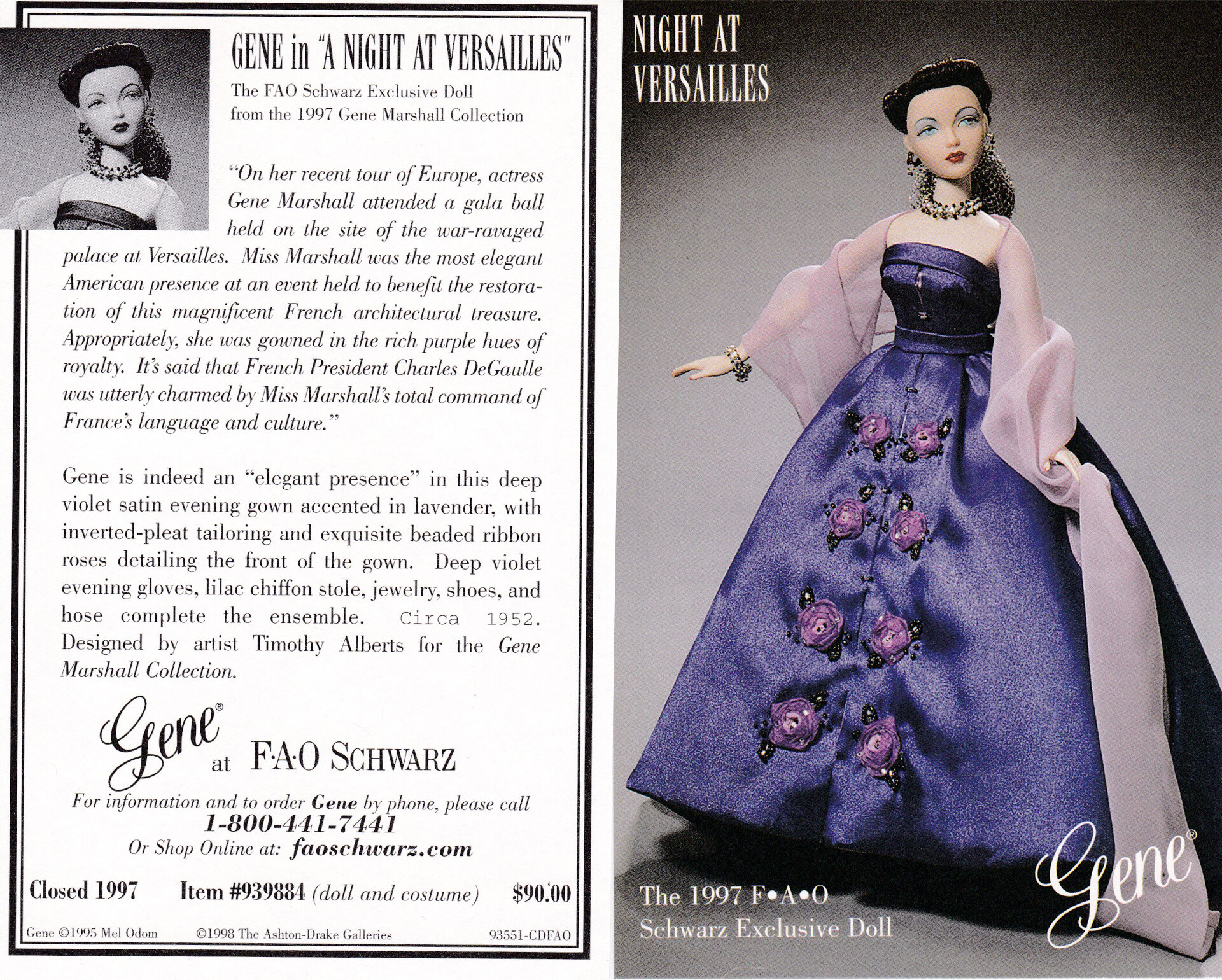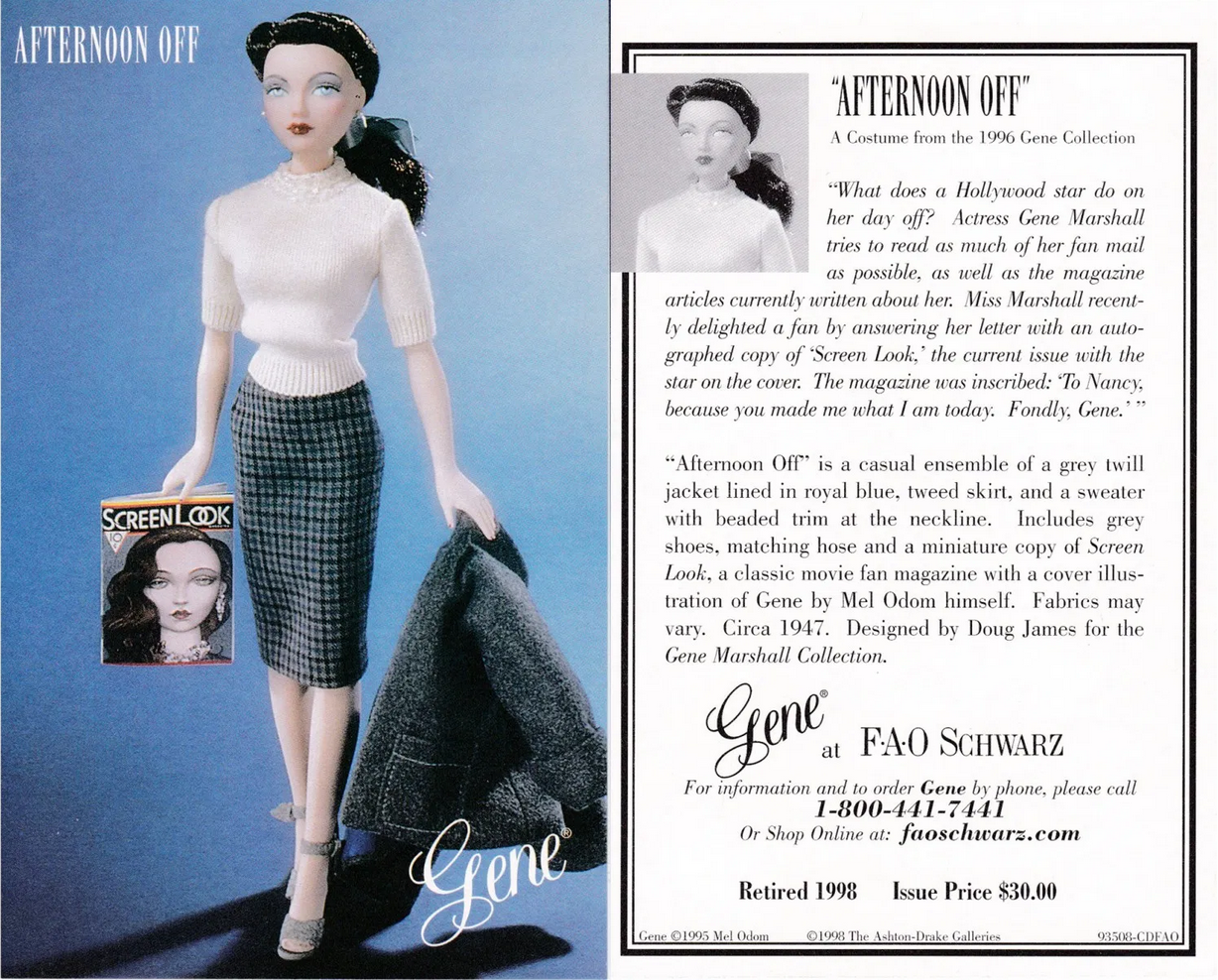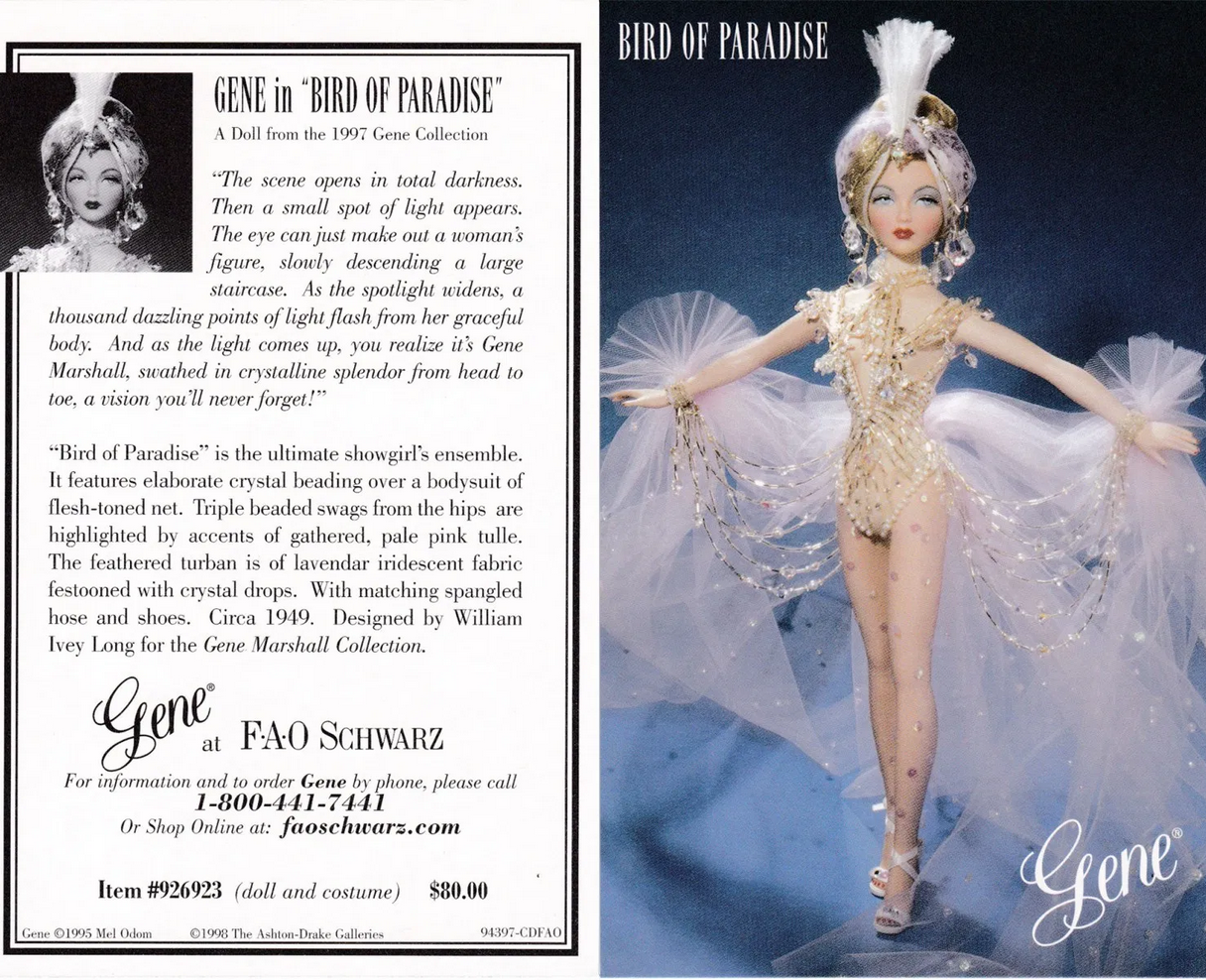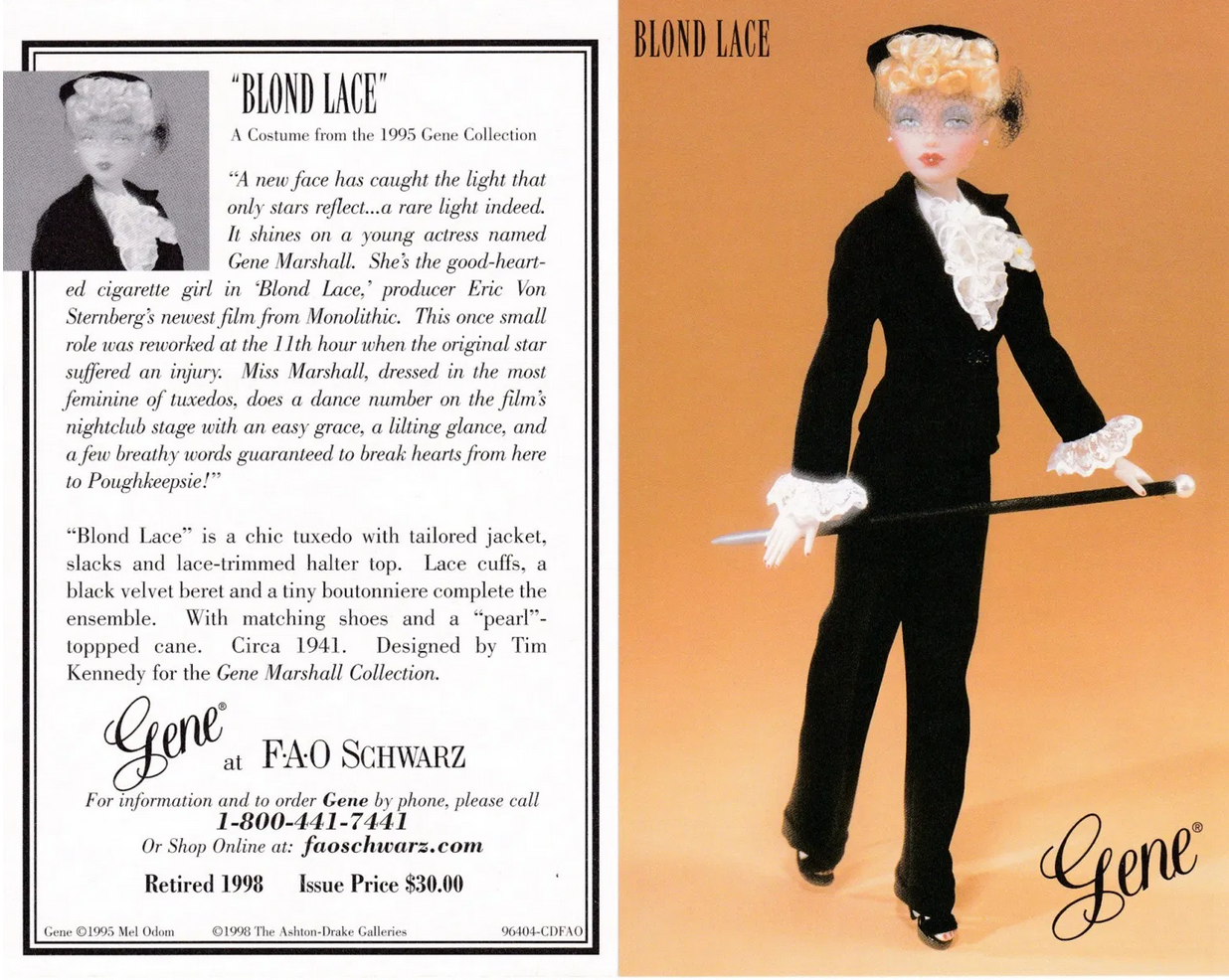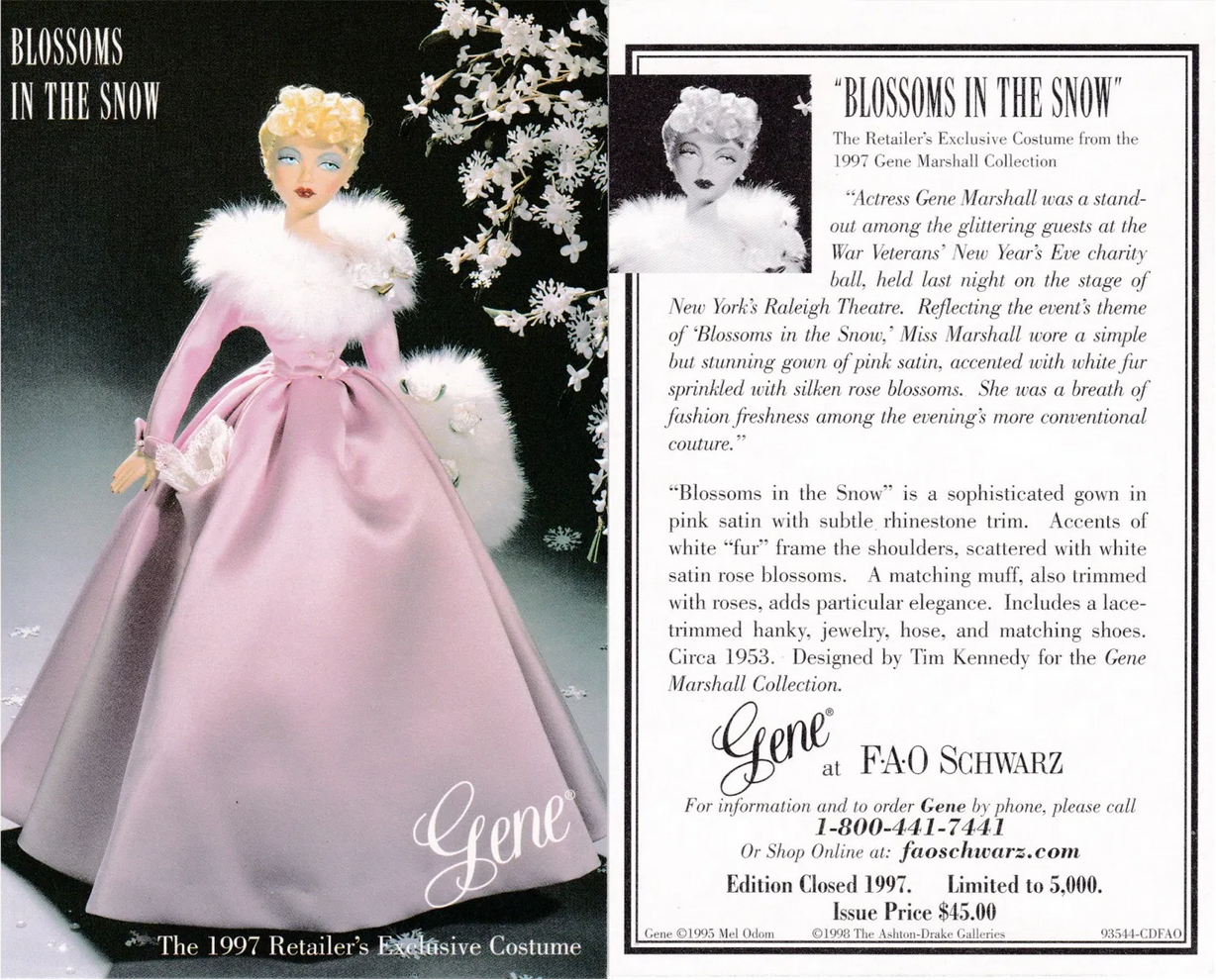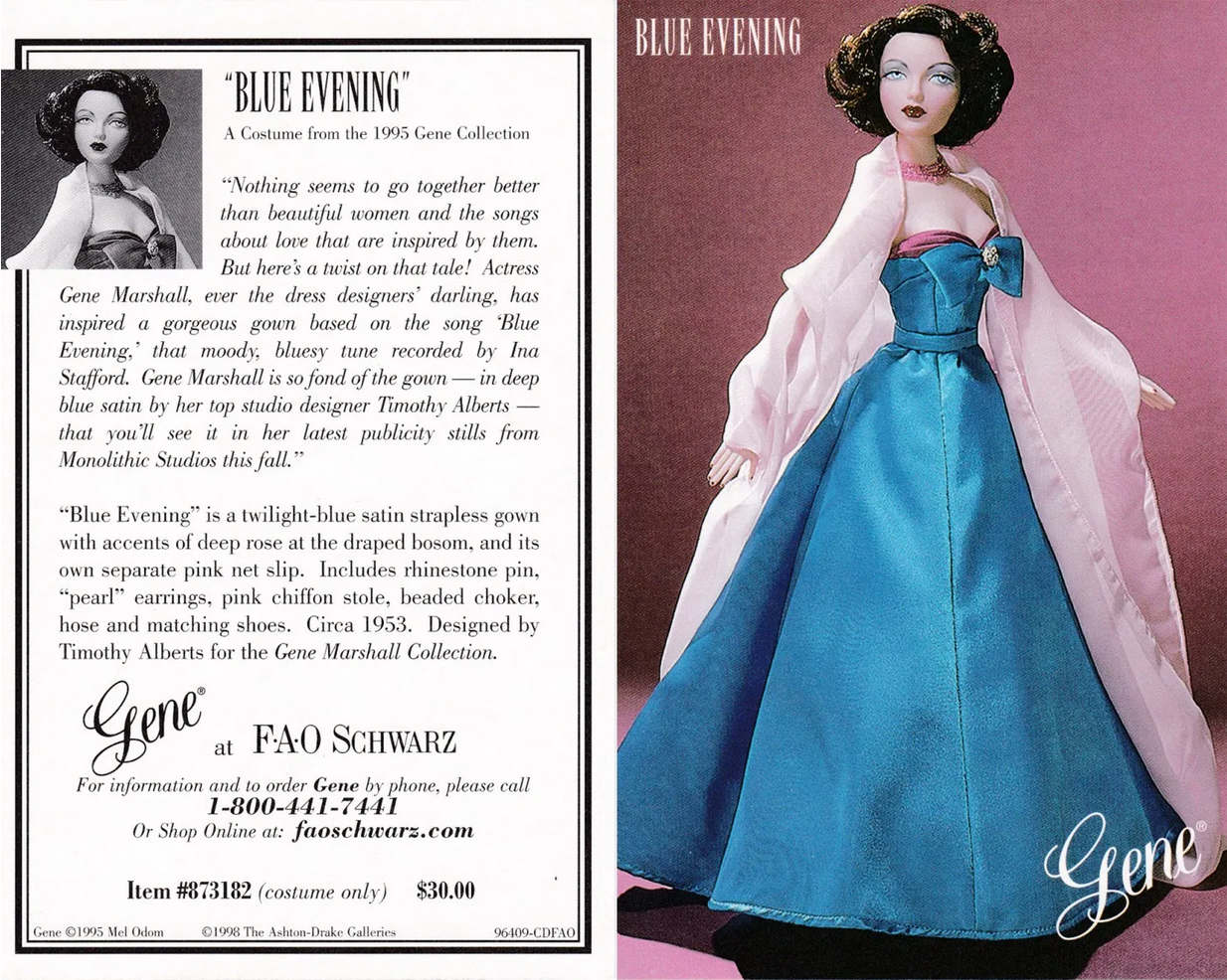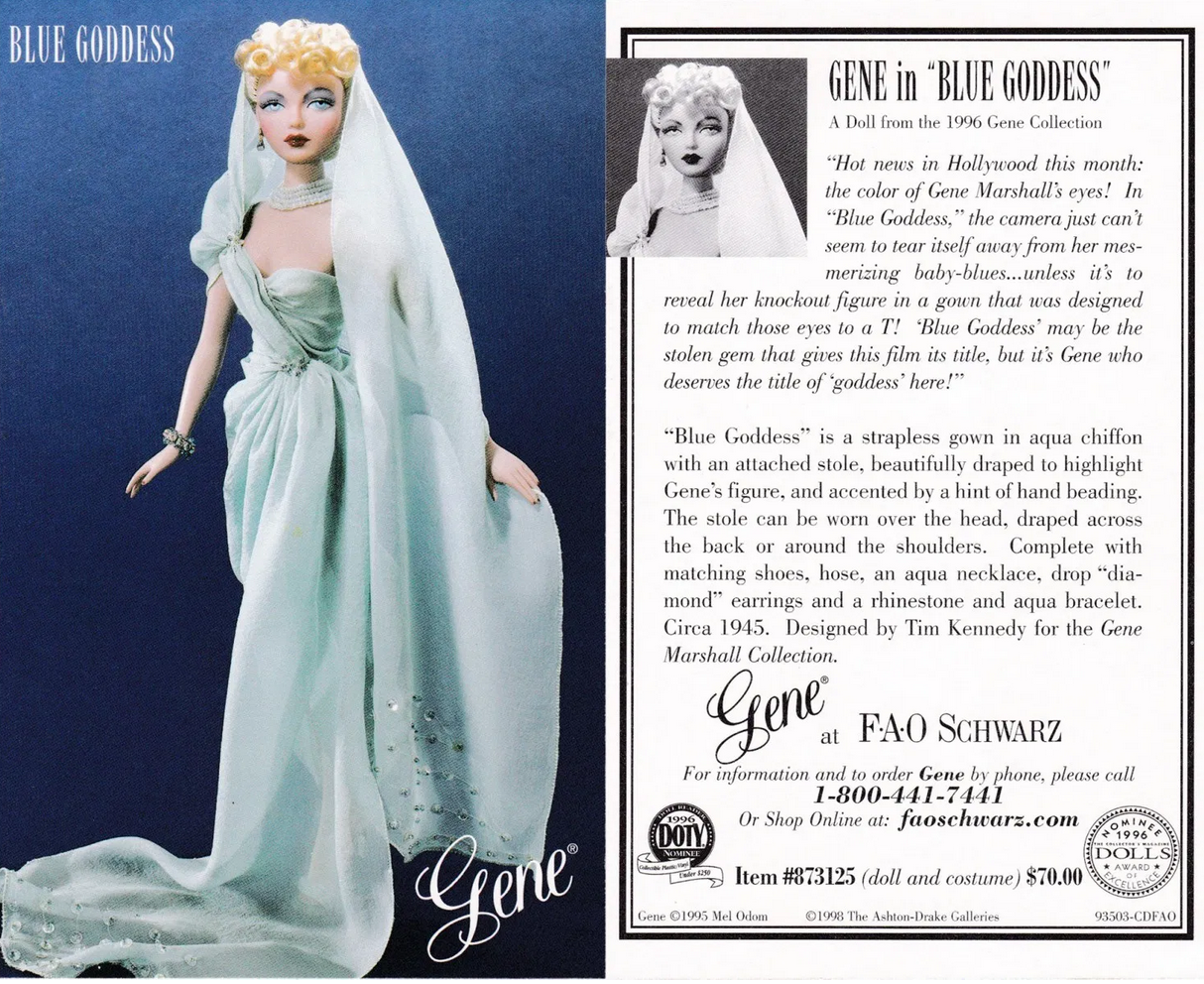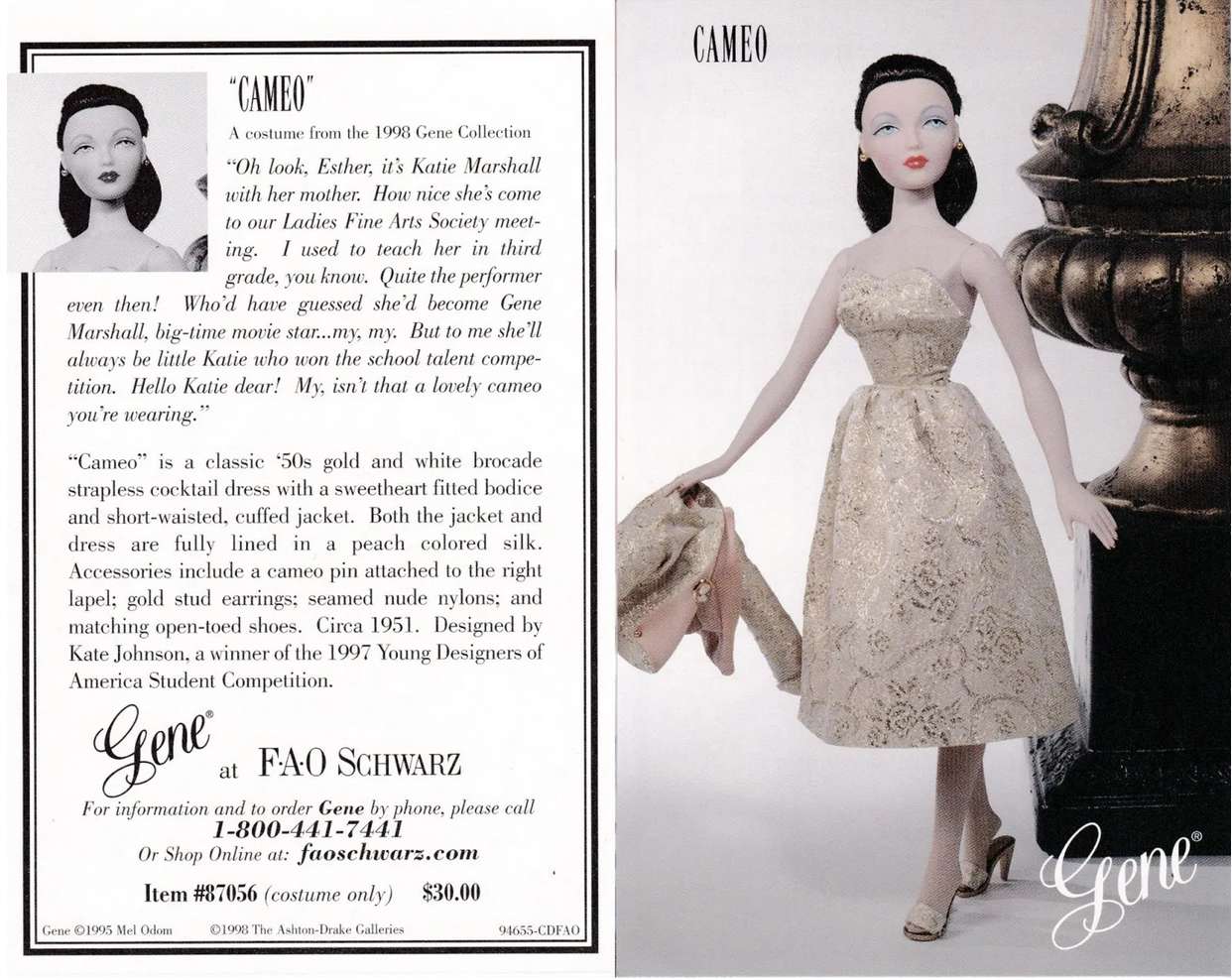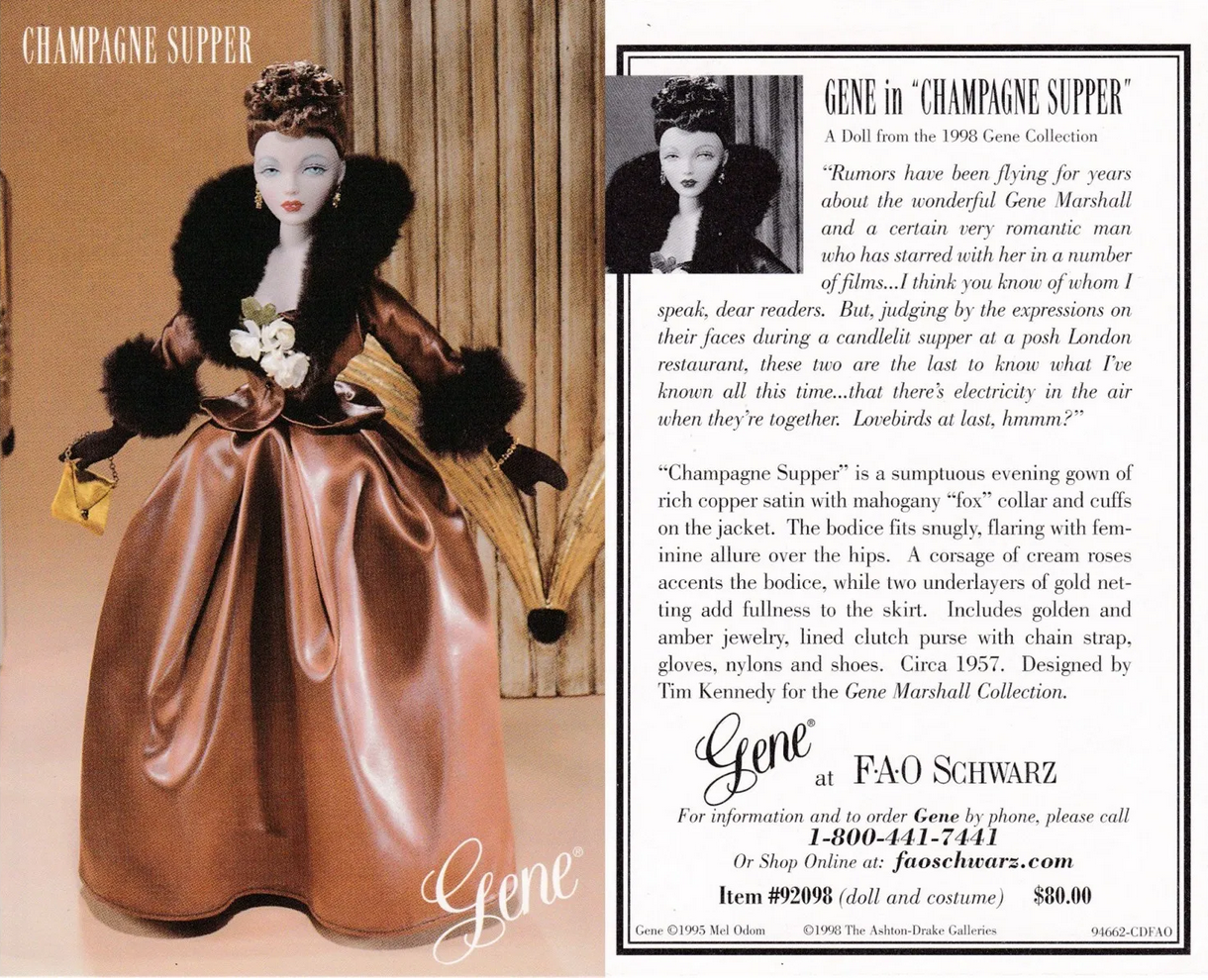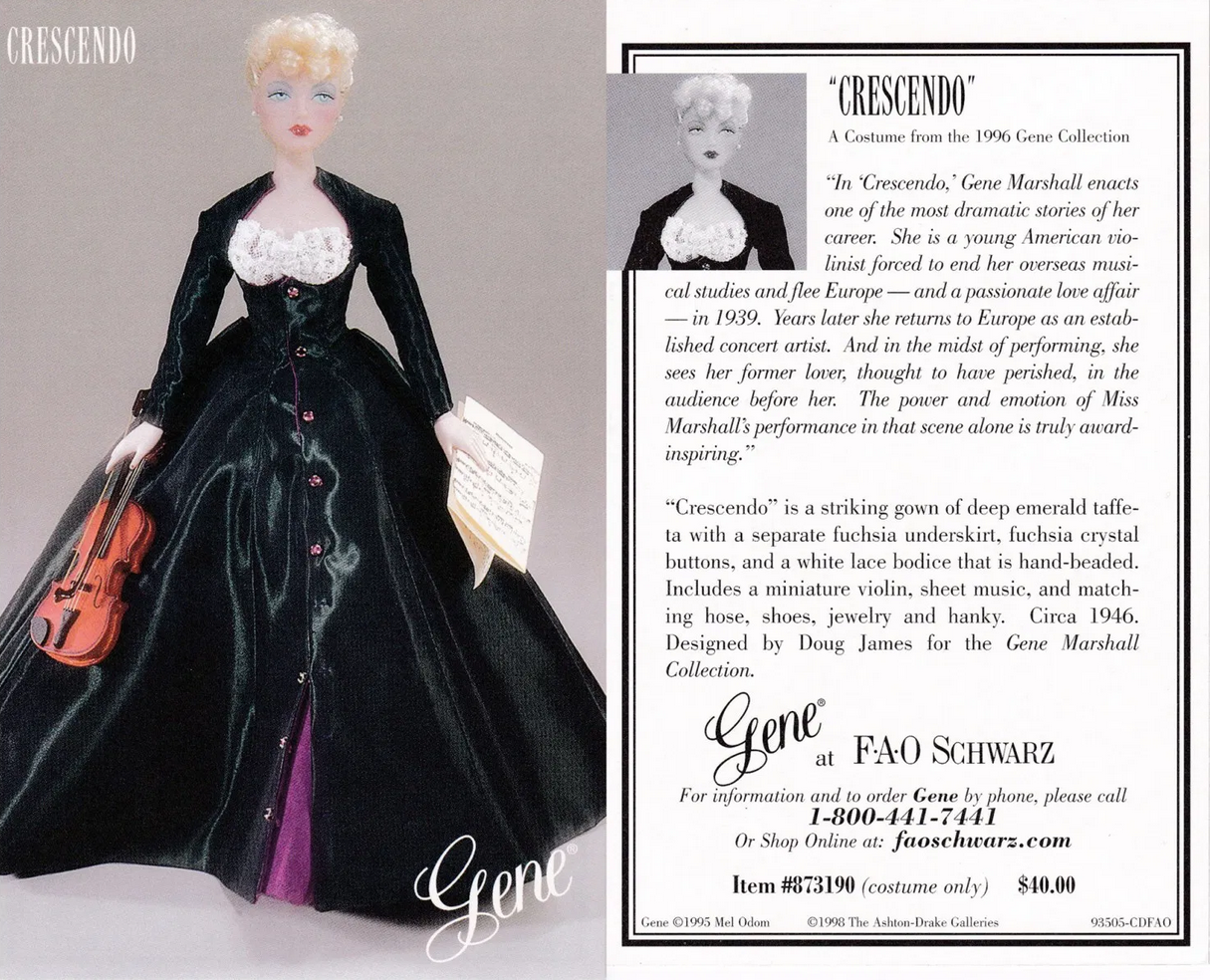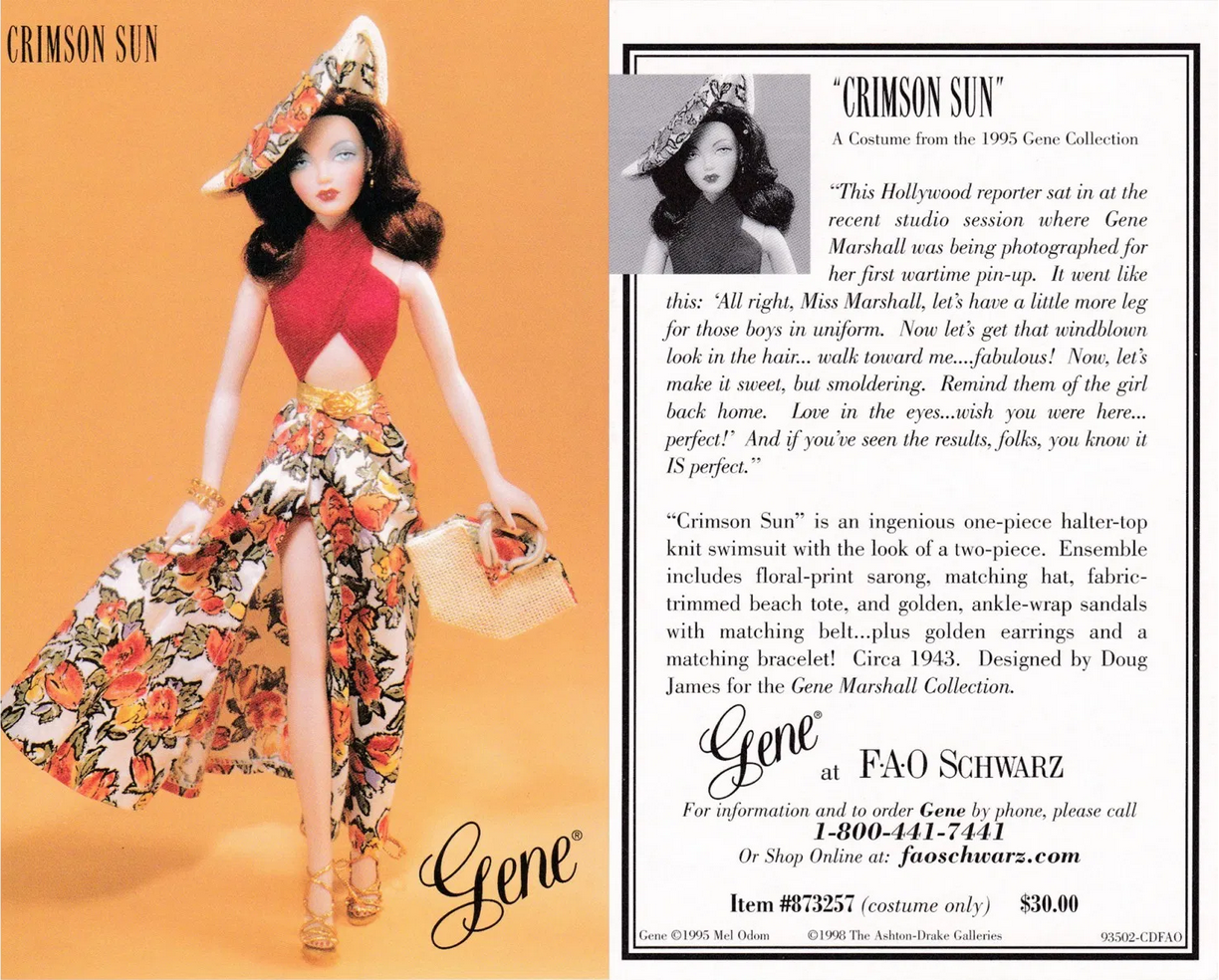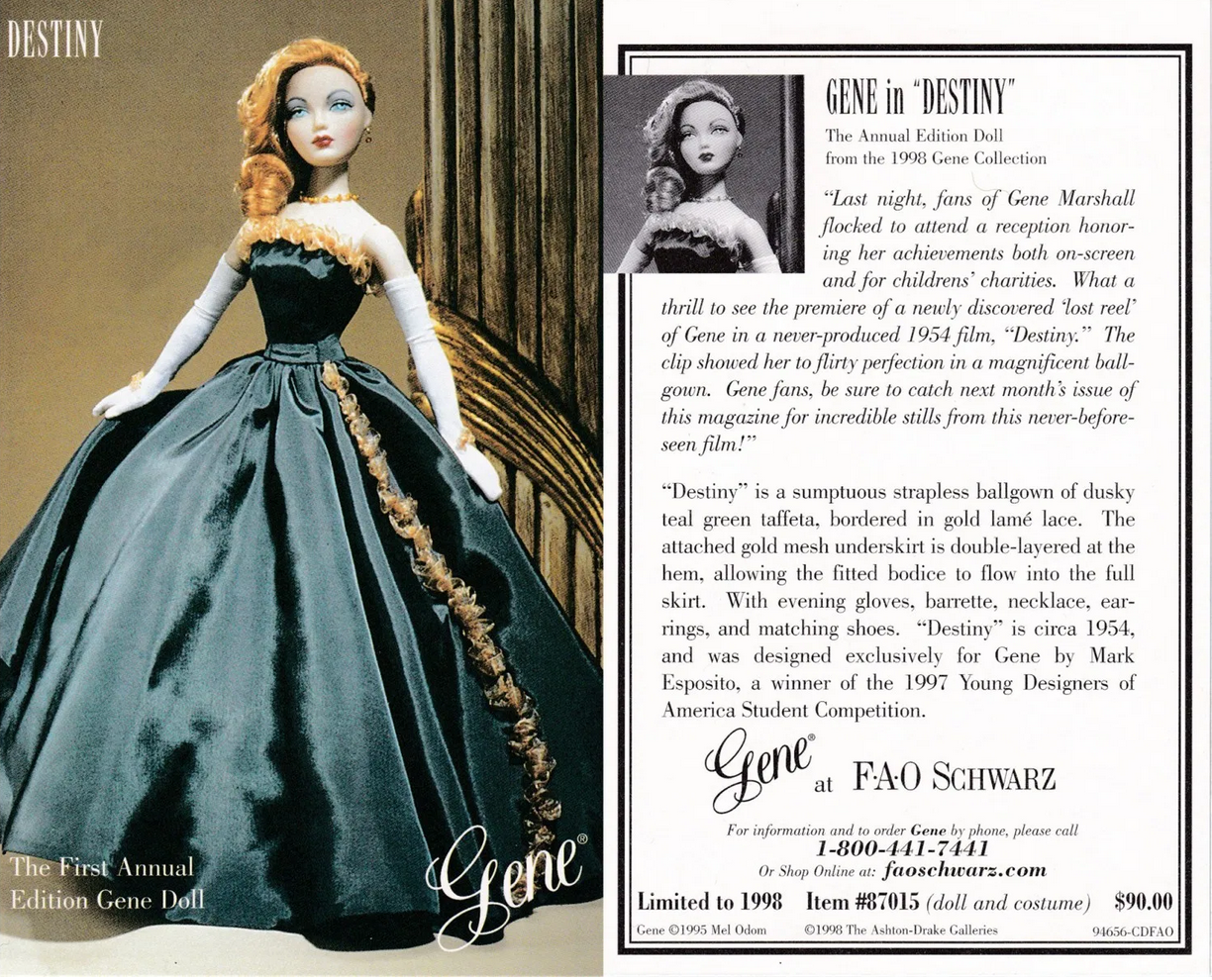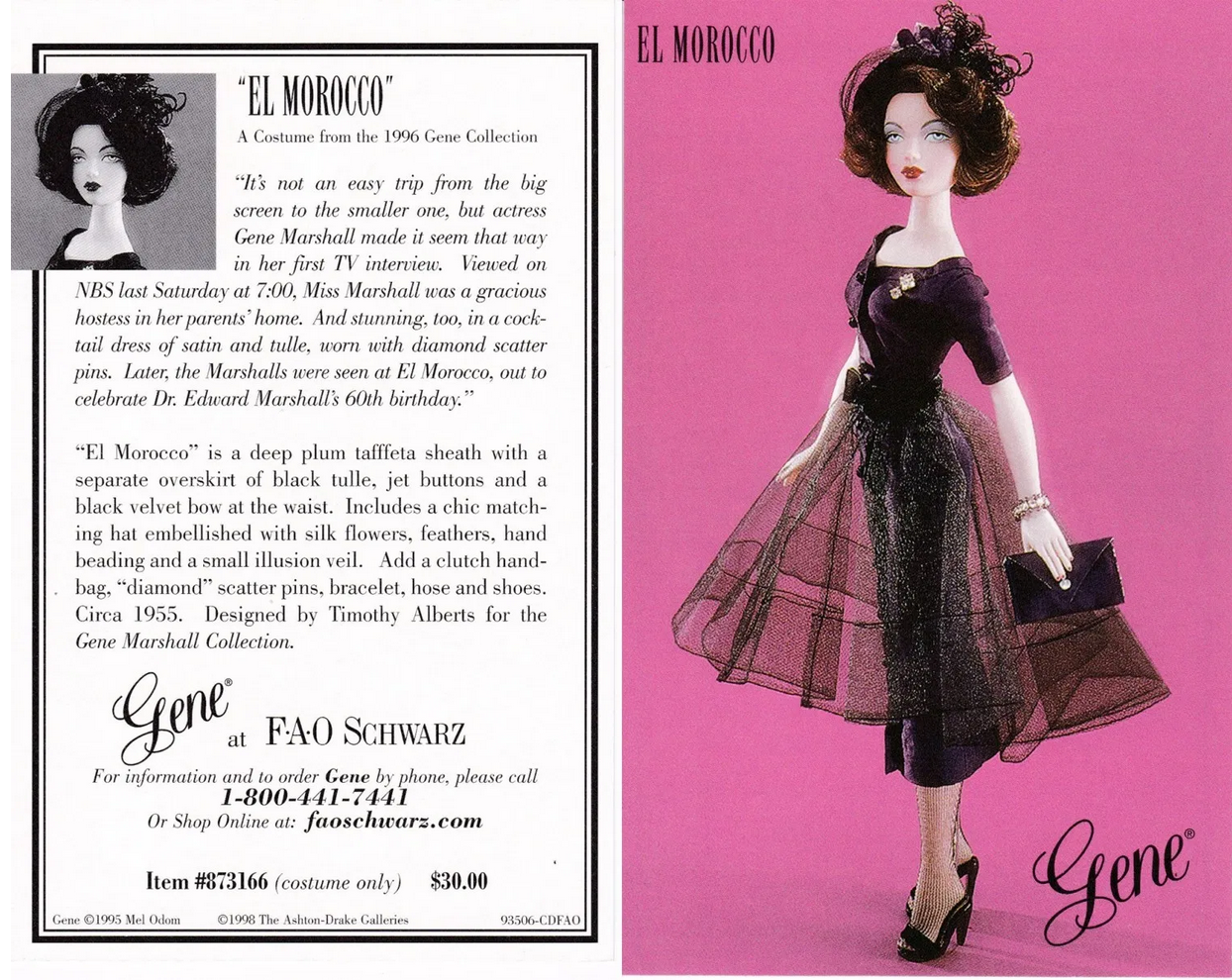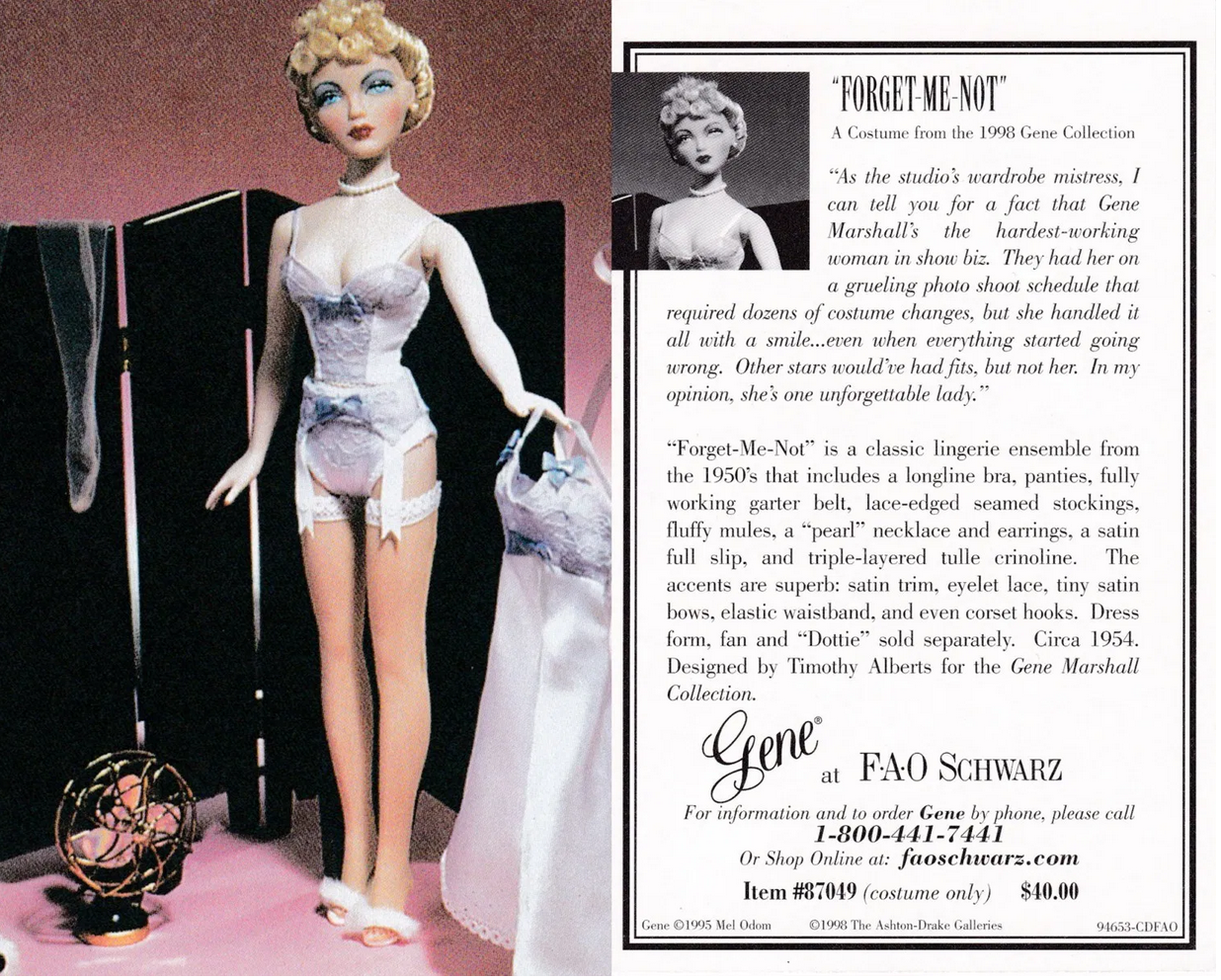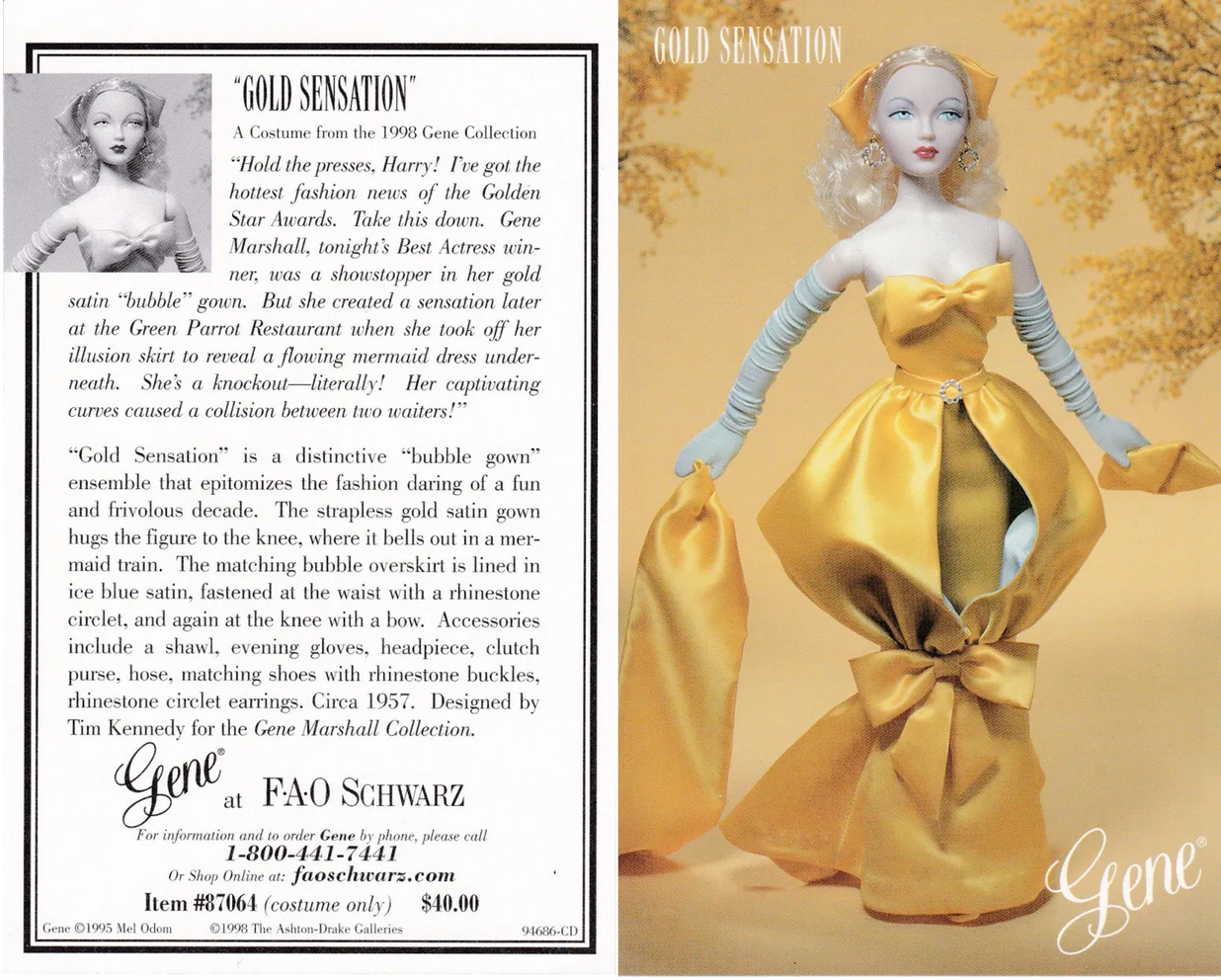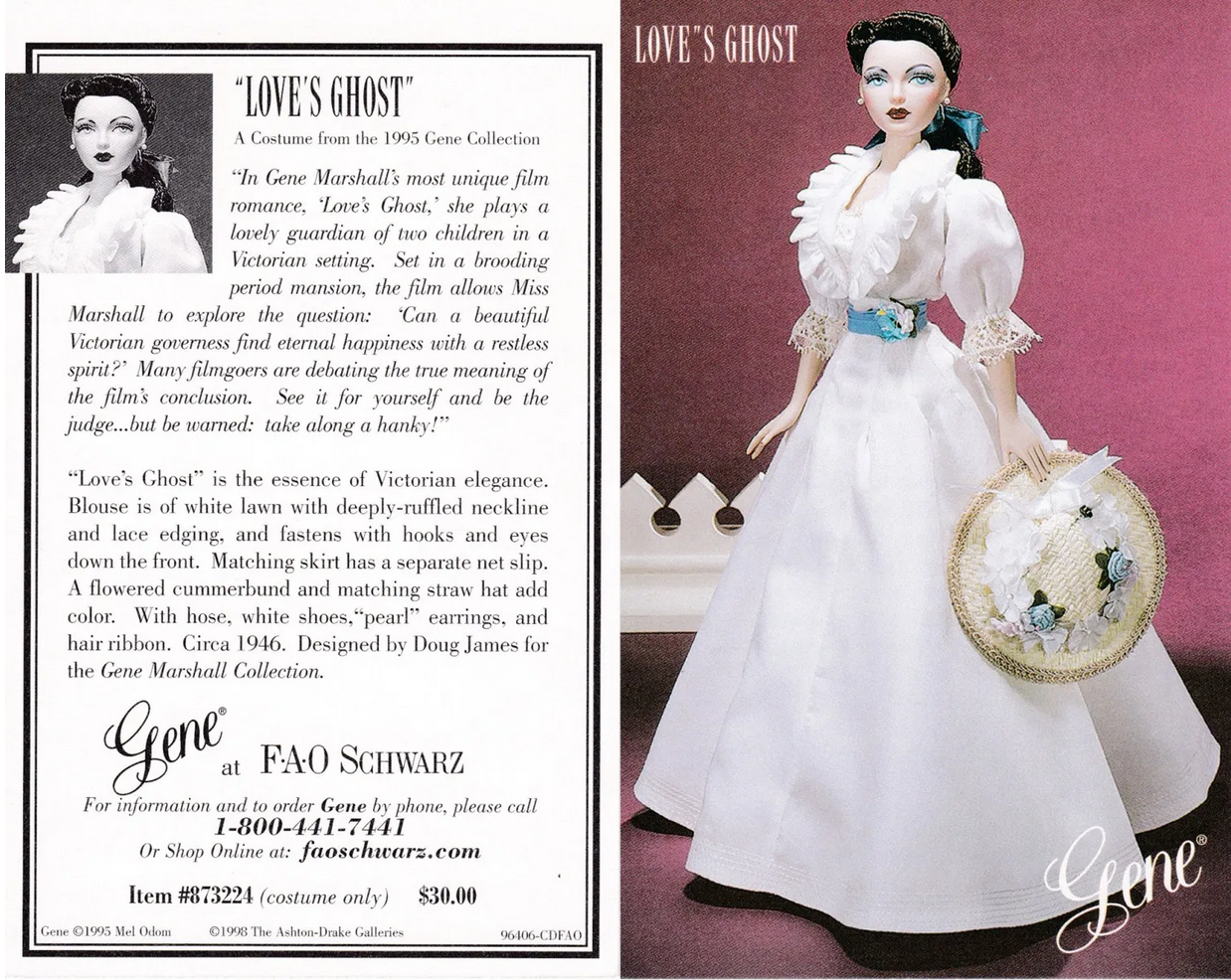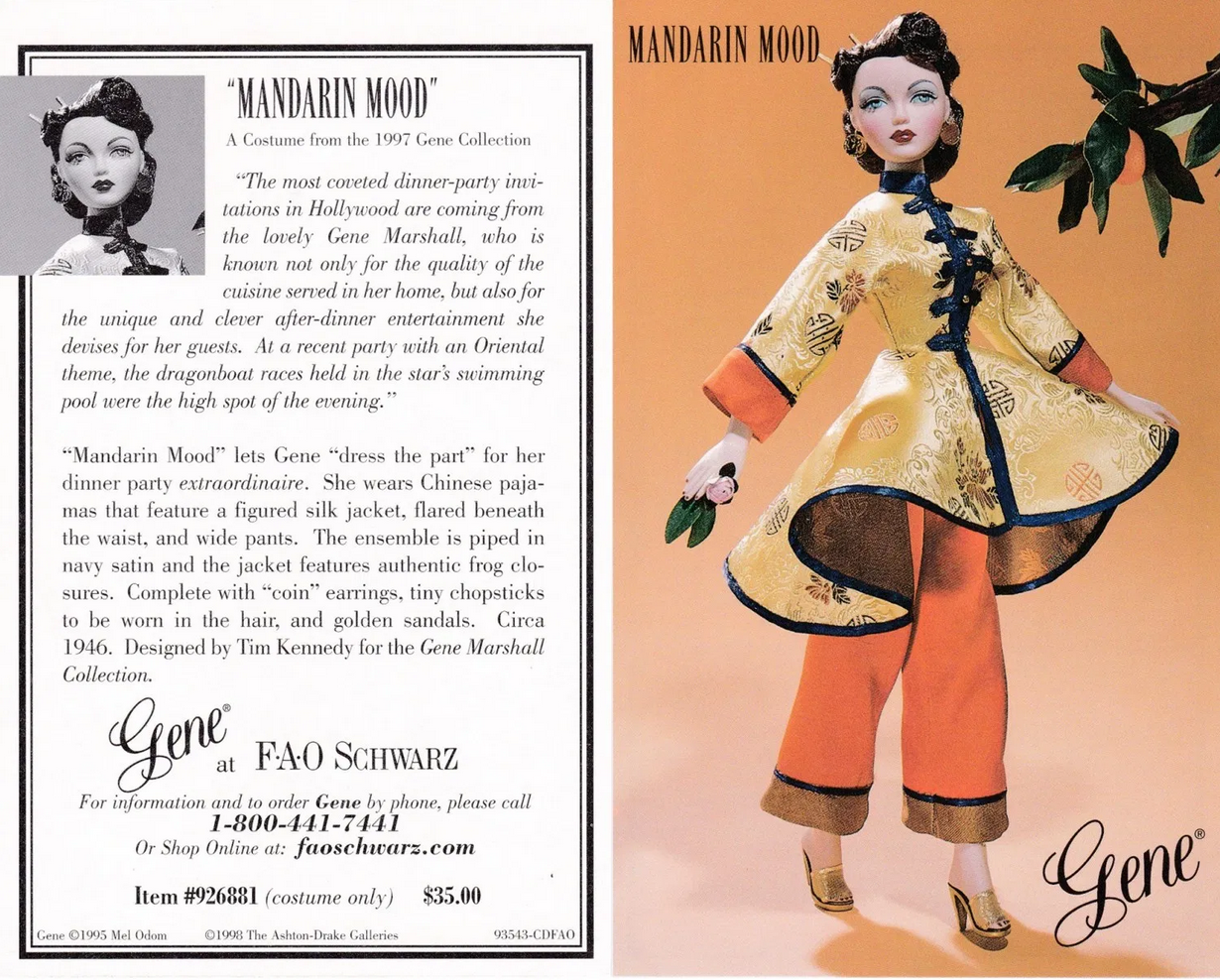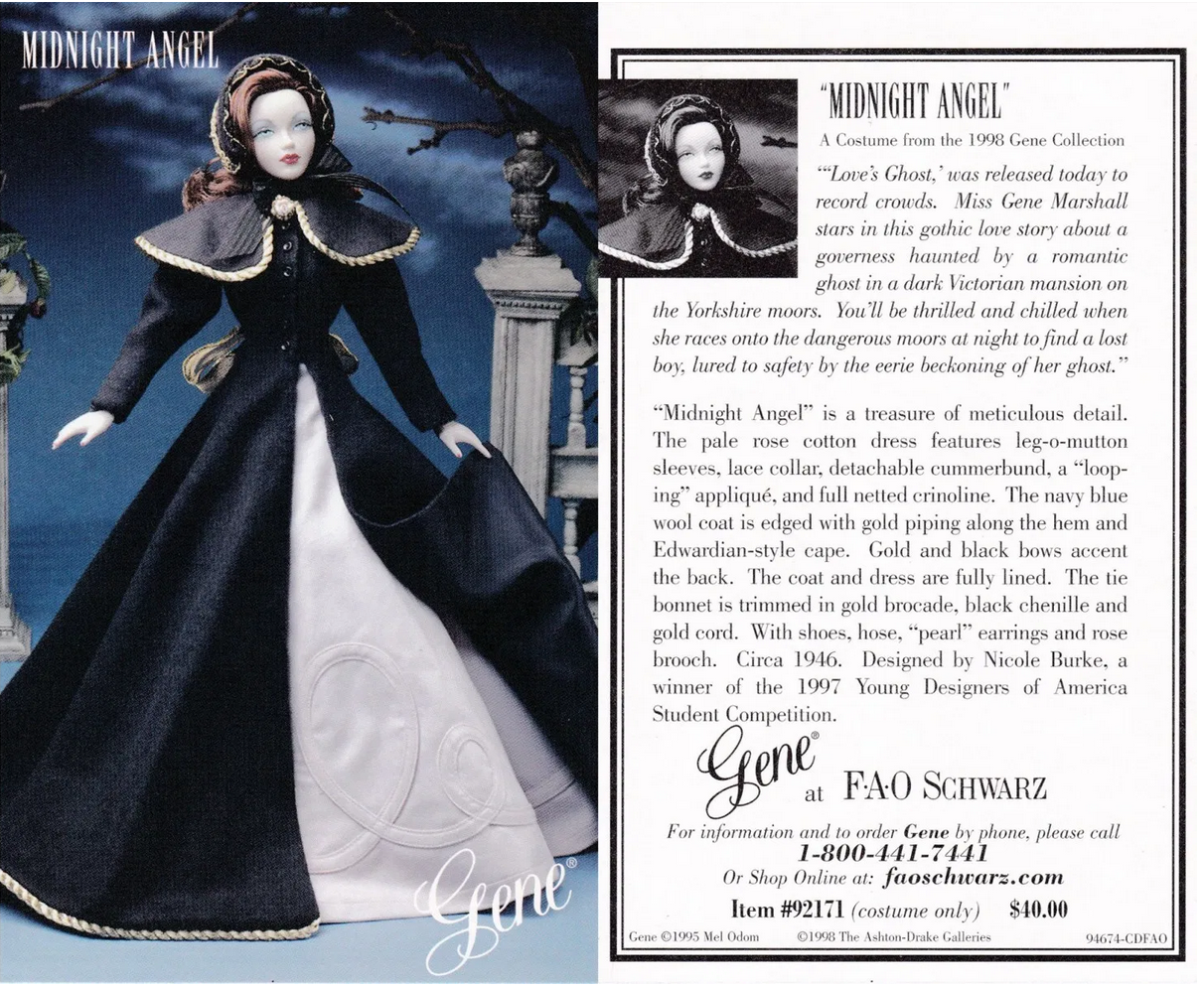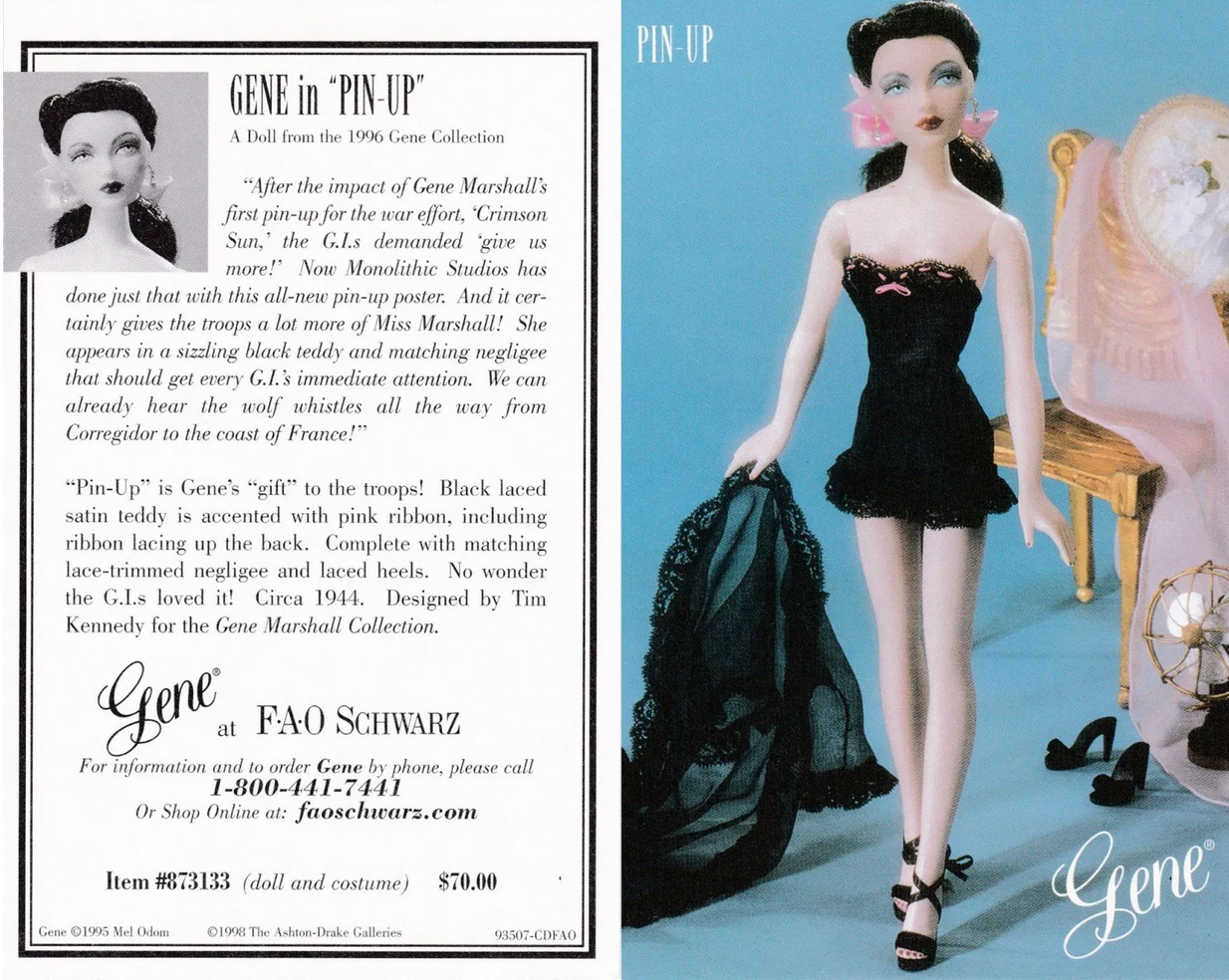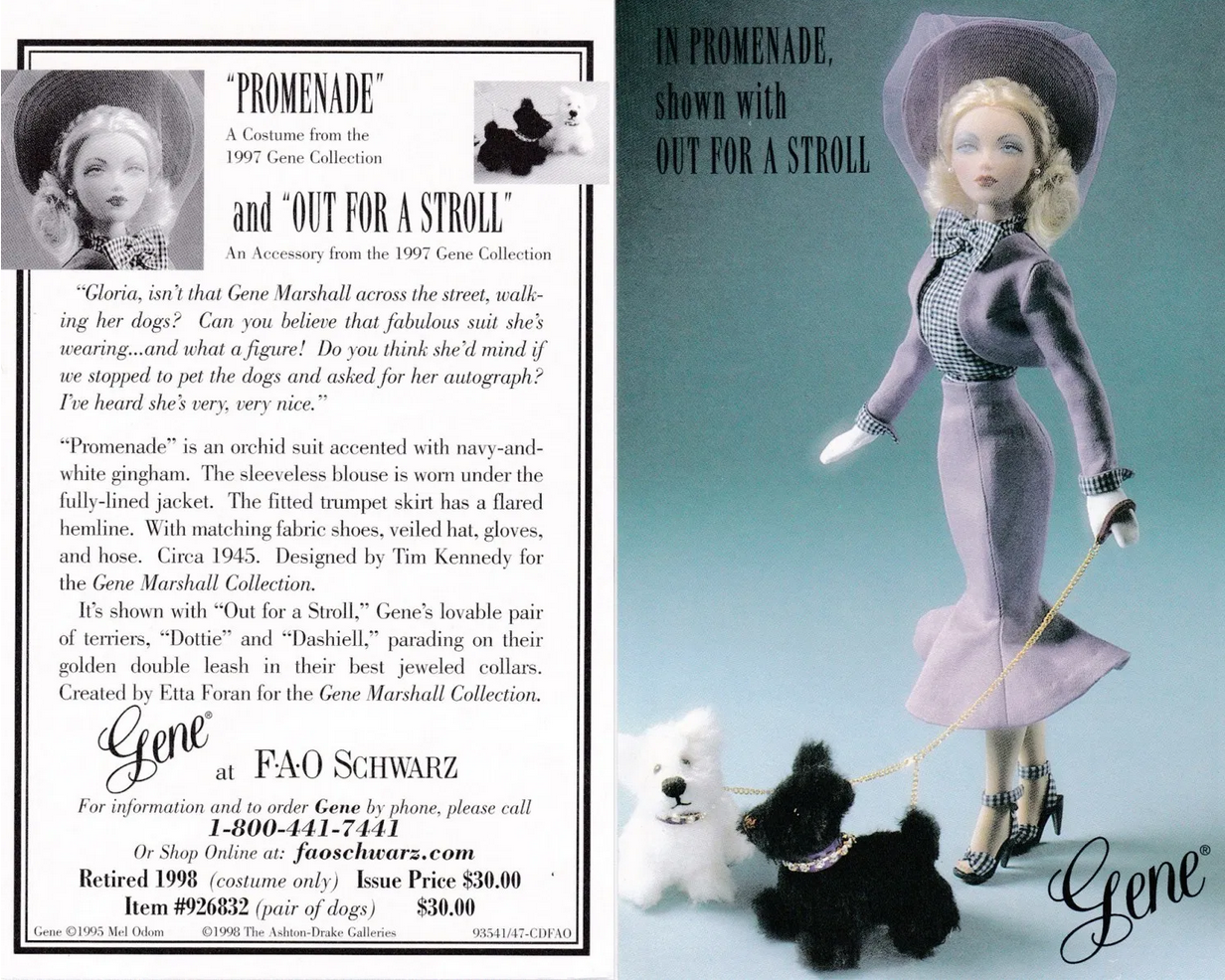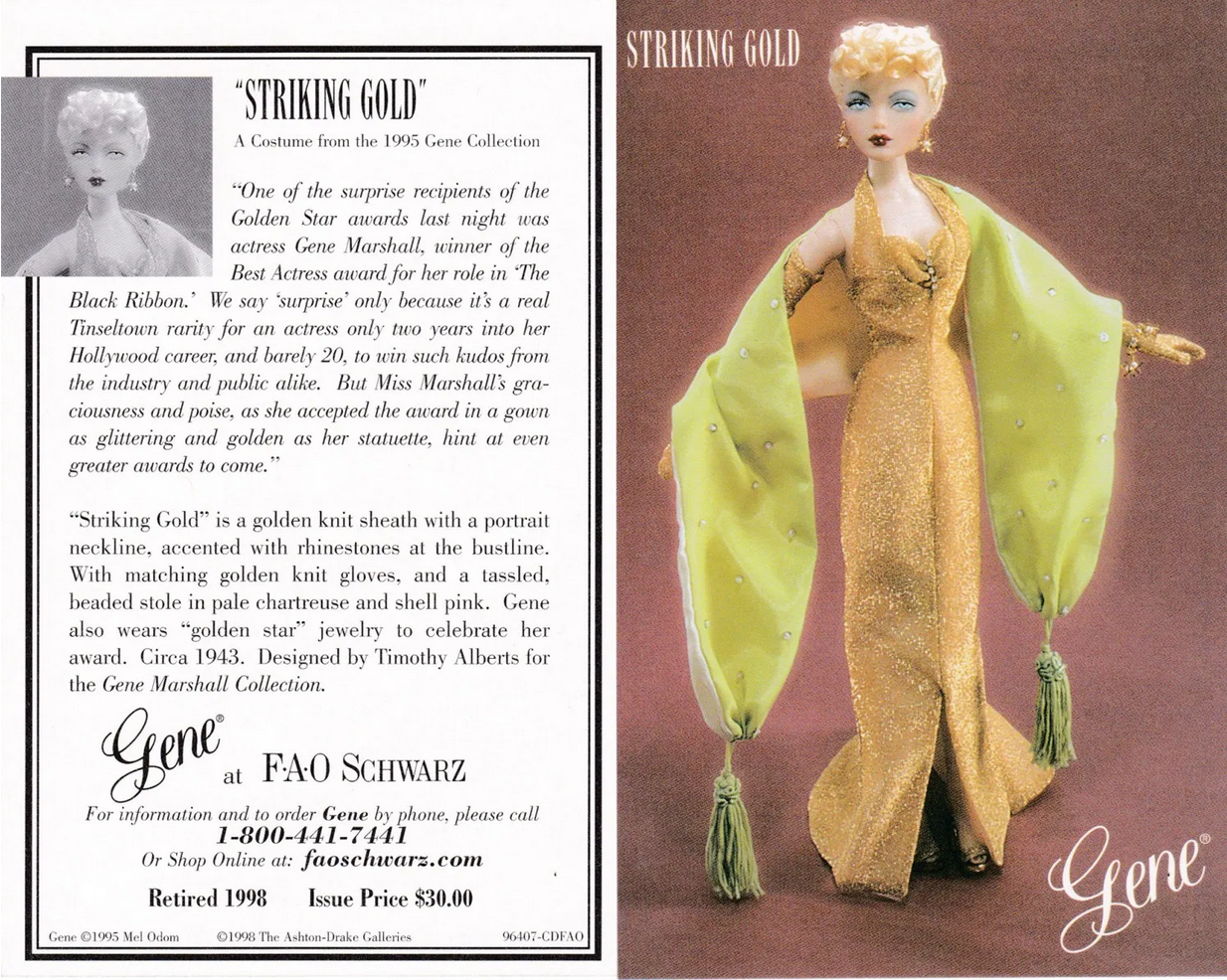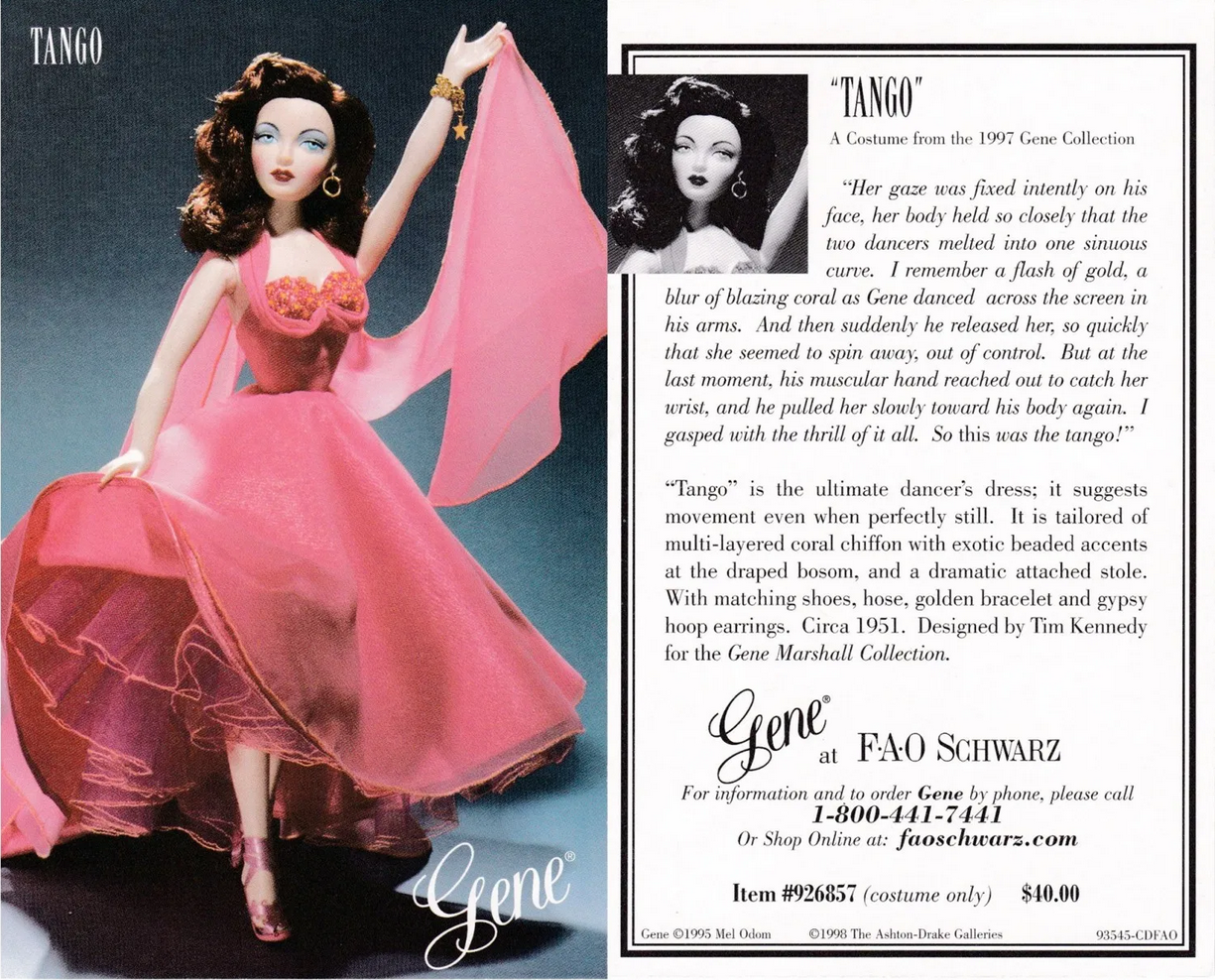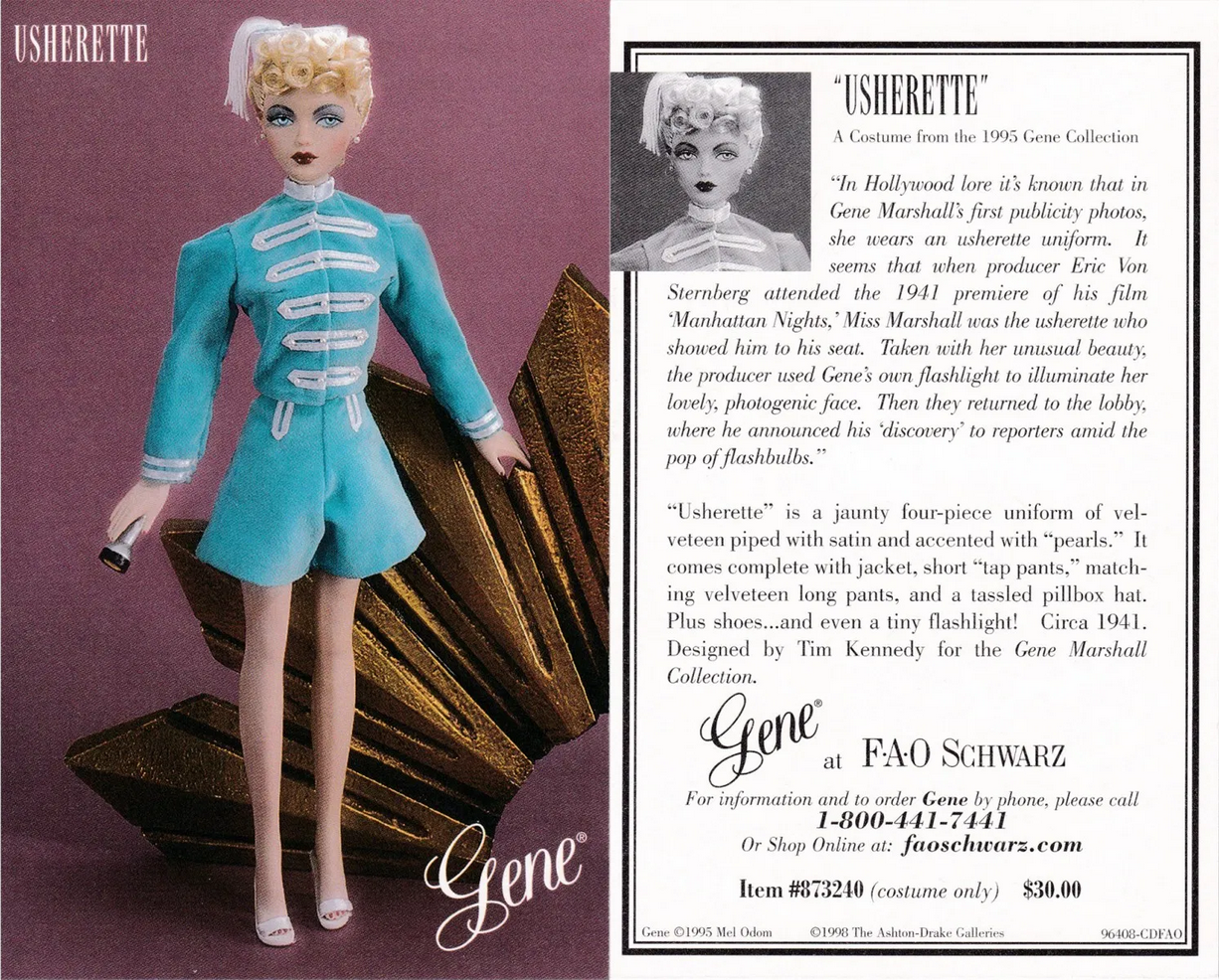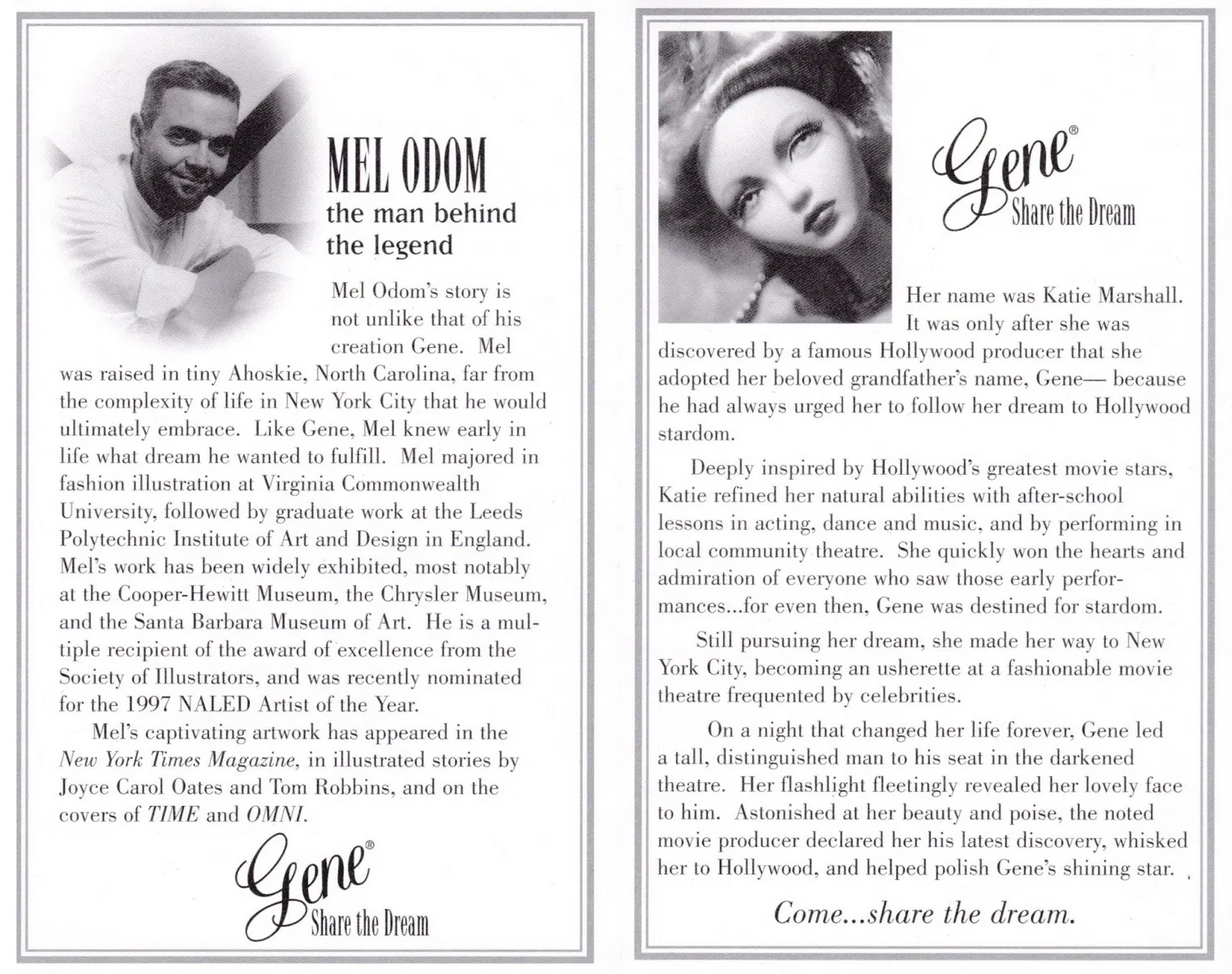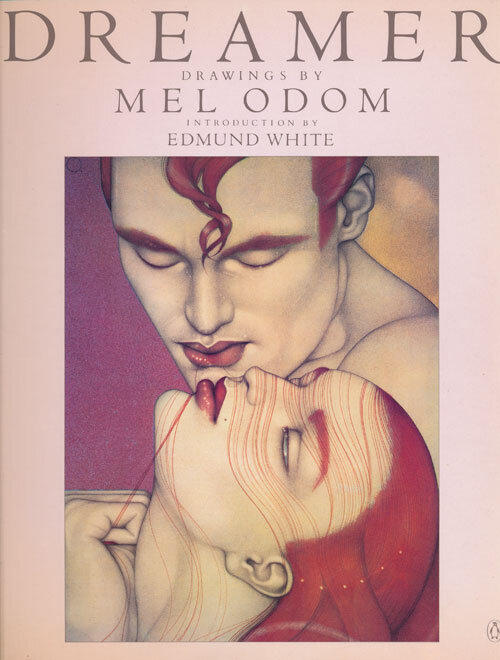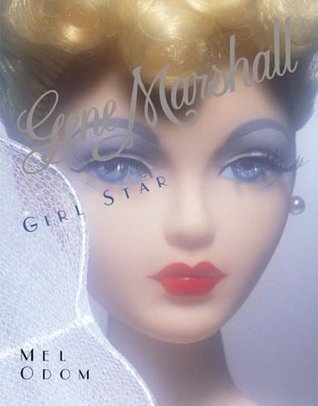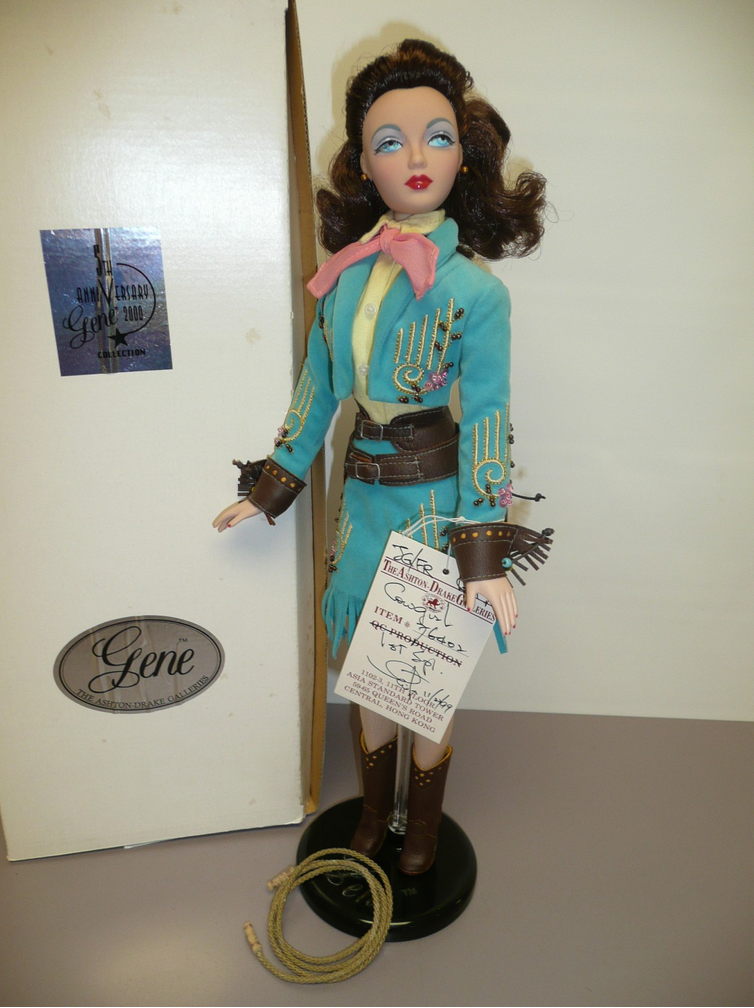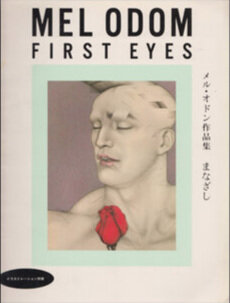Episode 16: Mel Odom
Originally recorded and released as Lady’s After Hours podcast, for Lady.
Often in these articles that accompany the podcast episodes I’ve written about how I am seeking to learn about how cultural creatives have followed their passions in order to mold their ideal lives and careers. I’ve always been interested in the twists and turns life takes—as children we fed a fantasy that you choose one career or passion as a teenager, study it and then work in it till you retire. Rarely do the experiences of my interviewees or friends match that idea of a single path. This isn’t negative at all—in fact, the veers off course and changes of mind are just as valuable as the straight road.
In August 2019 I was lucky enough to visit illustrator Mel Odom in his Upper West Side home. I first came across his work years ago in the old issues of Viva magazine I collect. Published from 1973 to 1980 by Penthouse’s Bob Guccione and edited by his wife Kathy Keeton, Viva was an intelligent woman’s magazine with a very erotic bent—fashion editorials followed nude centerfolds, intelligent articles were accompanied by innovative erotically charged illustrations. I still find it one of my greatest sources of inspiration (you can read a short piece I wrote for Gather Journal here). From my first glance I found Odom’s Art Deco-tinged drawings to be utterly captivating and totally unique, and when I started to research his work I could see the same inimitable beauty and mystery infusing everything he did.
An illustration from Viva, August 1976.
From a small town in North Carolina, Mel started to draw as a young child before going to study fashion illustration at college in Virginia. Further studies in Leeds, England, followed before he returned to Richmond, VA, to work on his portfolio. A visit to a friend in New York City brought him an agent, his first commission (for Viva) and led him to move there. His intelligent way of processing the subject on an article into a brilliantly beautiful illustration filled with luminously beautiful men and women quickly gained him attention in the magazine and book publishing world of the late 1970s. The erotic bent of his drawings for Viva paved the way for his work with the gay men’s magazine Blueboy as well as for Playboy, who he had a close working relationship with for almost twenty years. Mel’s work also frequently appeared on book covers—hypnotic and mysterious, his covers easily lure the potential reader in.
Throughout the harrowing AIDs crisis of the 1980s and 1990s—with the near constant loss of friends and lovers—Odom continued his art as a method of working through his pain and that of his whole community. Success came in the form of books of his illustrations (First Eyes was published in Japan in 1982 and Dreamer in the US in 1984), as well as on a more mass level by illustrating the cover of Time magazine with such legendary newsmakers as Ronald Reagan, Margaret Thatcher and the Ayatollah Khomeini. As we discuss in this interview, his work for Time provided his very religious parents with a greater acceptance and understanding of his path in life.
As a little boy Mel had been fascinated with Barbie and this passion resurfaced in the early 90s after he helped create the face for BillyBoy*’s Mdvanii fashion doll. Odom became intrigued by the idea of uniting two of his great loves – dolls and old Hollywood movies – through developing a fashion doll who was a classic starlet with a full backstory and a wardrobe full of looks based on her film roles. Taking several years for him to develop, Gene Marshall appeared in 1995 and took the toy market by storm. 15.5” of classically formed beauty, impeccably produced clothes and a stunning face, within a year Gene was the second most searched doll on the internet. A seemingly huge step away from illustration, Gene was in many ways the culmination and perfect combination of all his interests. For many years Odom traveled near constantly, appearing at doll conventions, stores and museums as he met with and chatted with the many devoted Gene collectors. I’ve included a slideshow below of just some of the many gorgeous Gene Marshall dolls, along with the in-depth stories behind them.
In 2006 Mel began a series of human-scaled oil portraits of mostly Civil War era dolls, Secret Gardens. Gene was retired in 2010 to allow more Mel time for these paintings, though she returned to market again from 2013 to 2018 in resin (previously she had been vinyl, like Barbie). Earlier this year he had an exhibition of his work at the Daniel Cooney gallery in NYC, and next year he will have a show in Sarasota.
Still creatively inspired and motivated, Mel was a joy to speak with. We covered everything from his techniques and inspirations to the immense sorrows and great loves of his life. If you are interested in art, New York in the 1970s and 80s, and the gay experience during the early years of AIDs I believe you will find this interview immensely interesting. Warm and so full of light, Mel is a true Southern gentlemen and a truly wonderful human.

